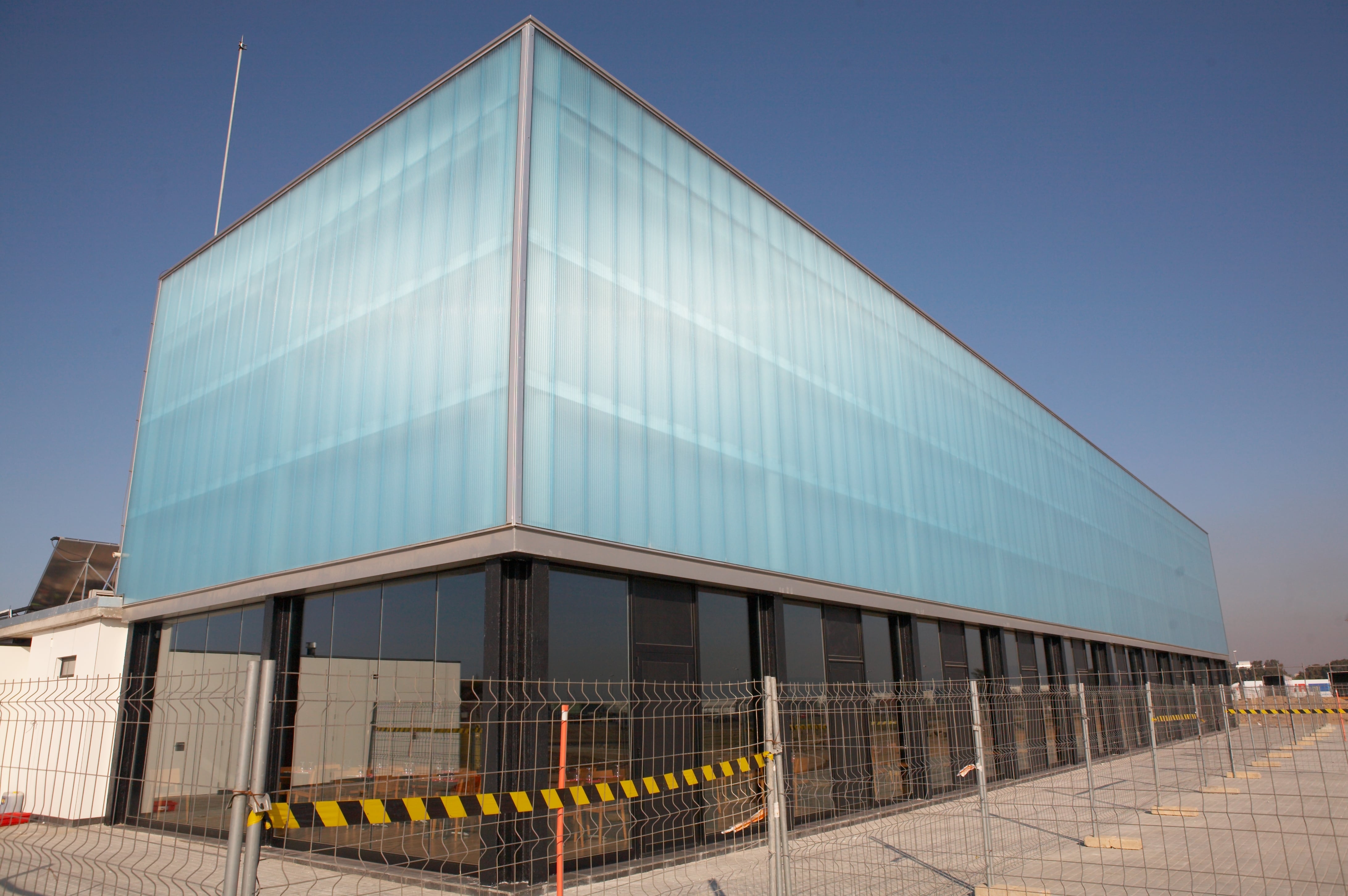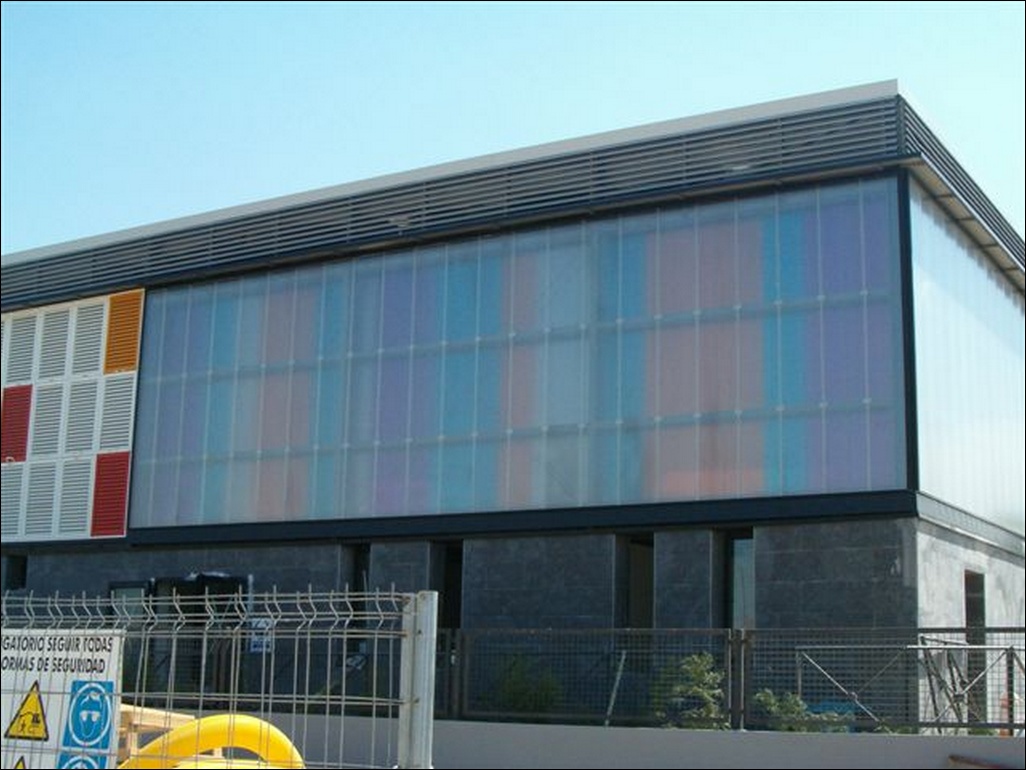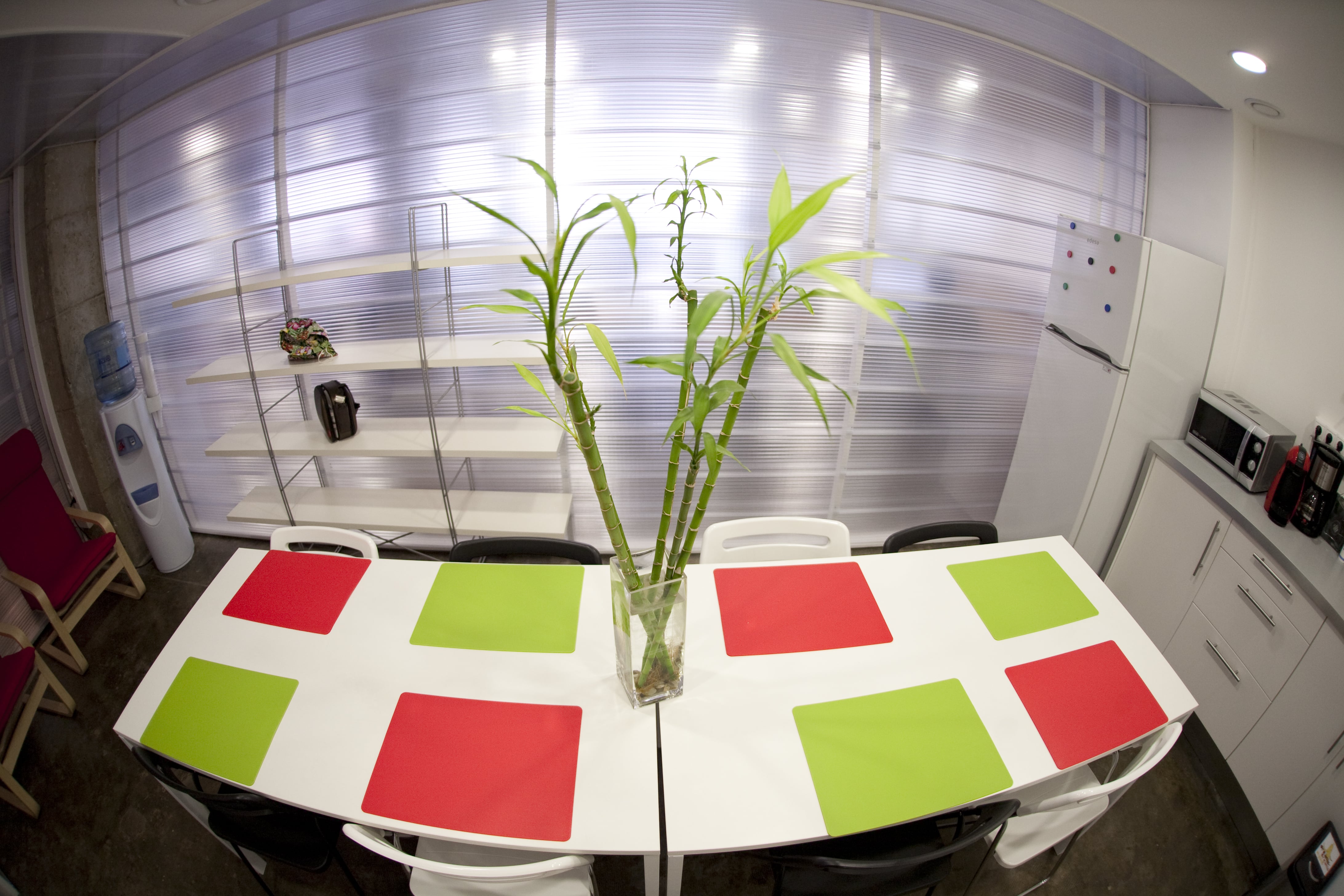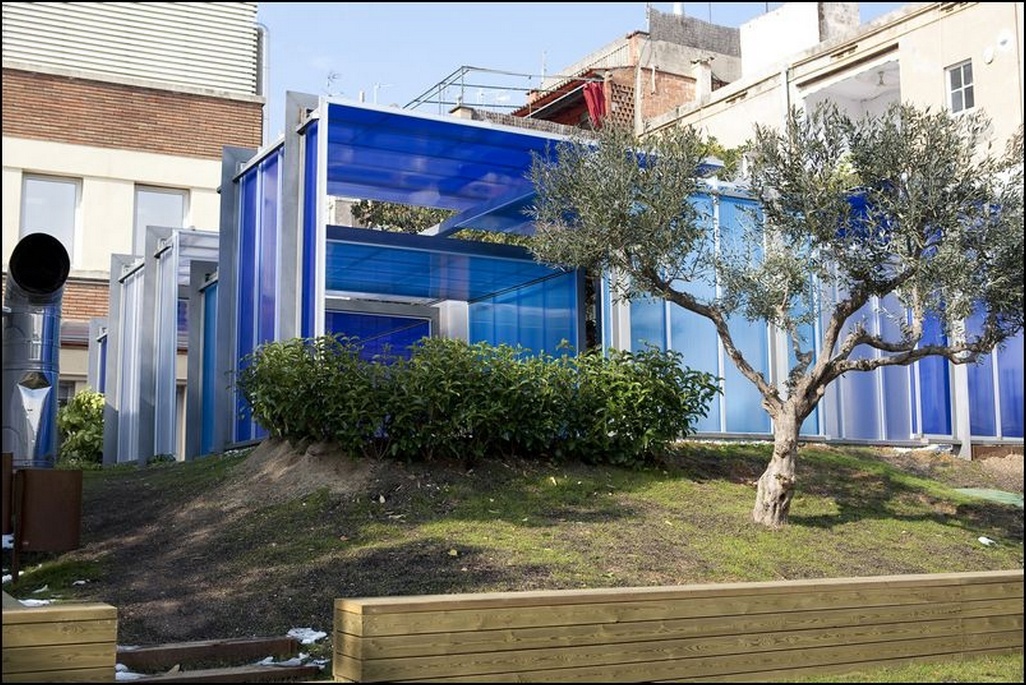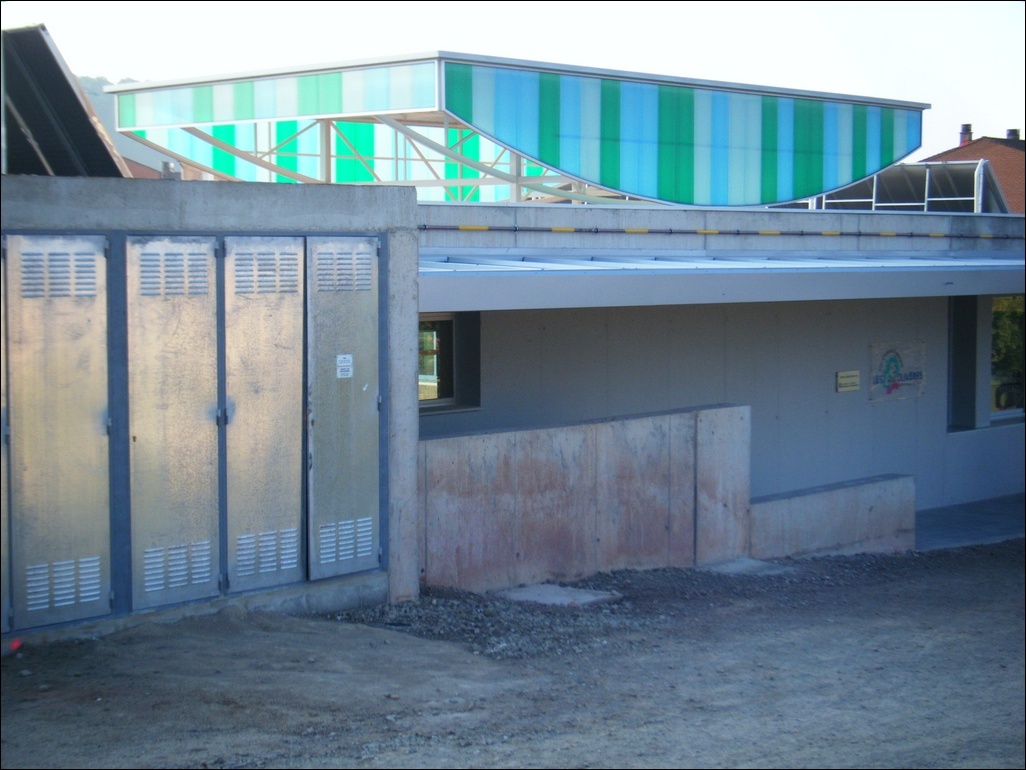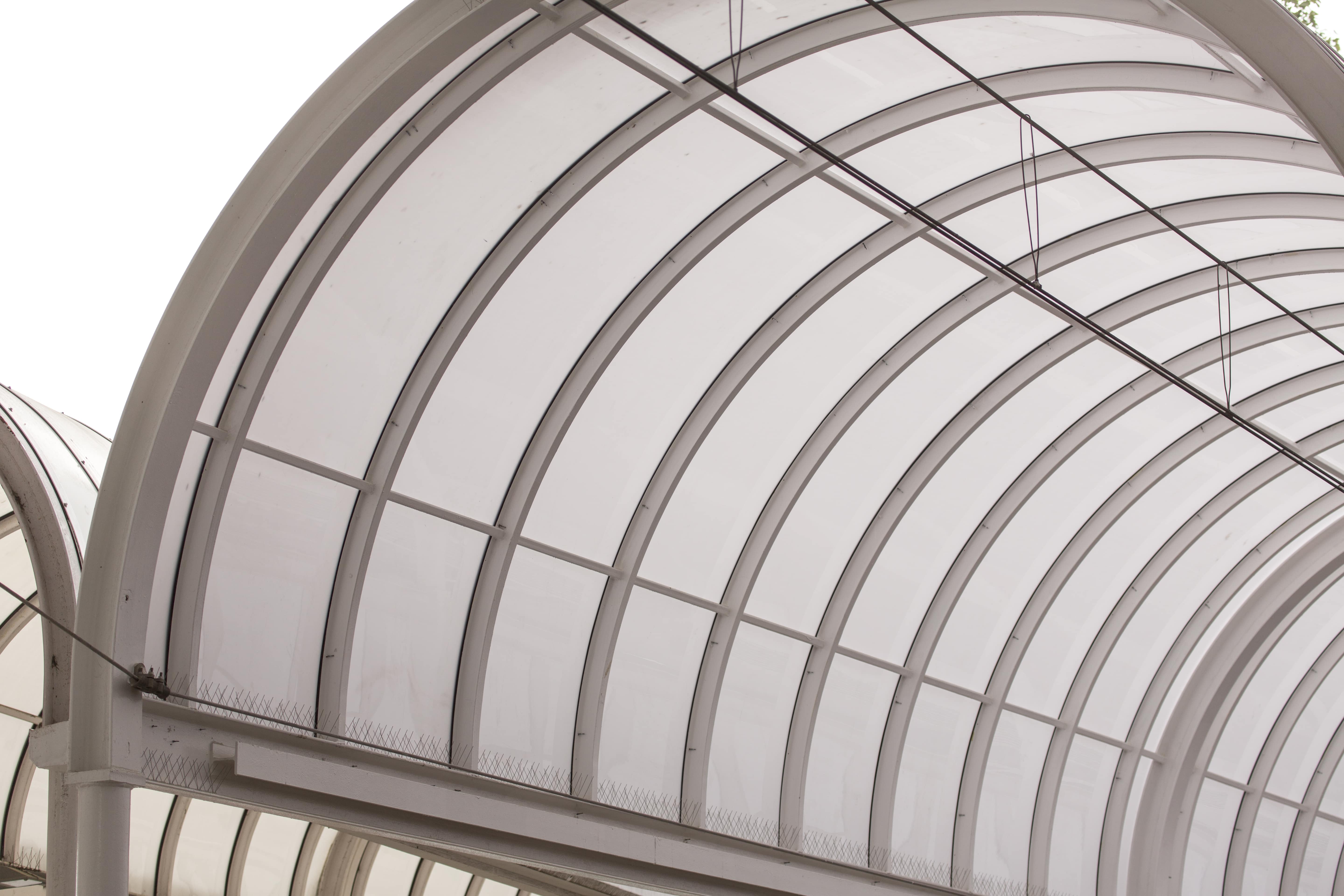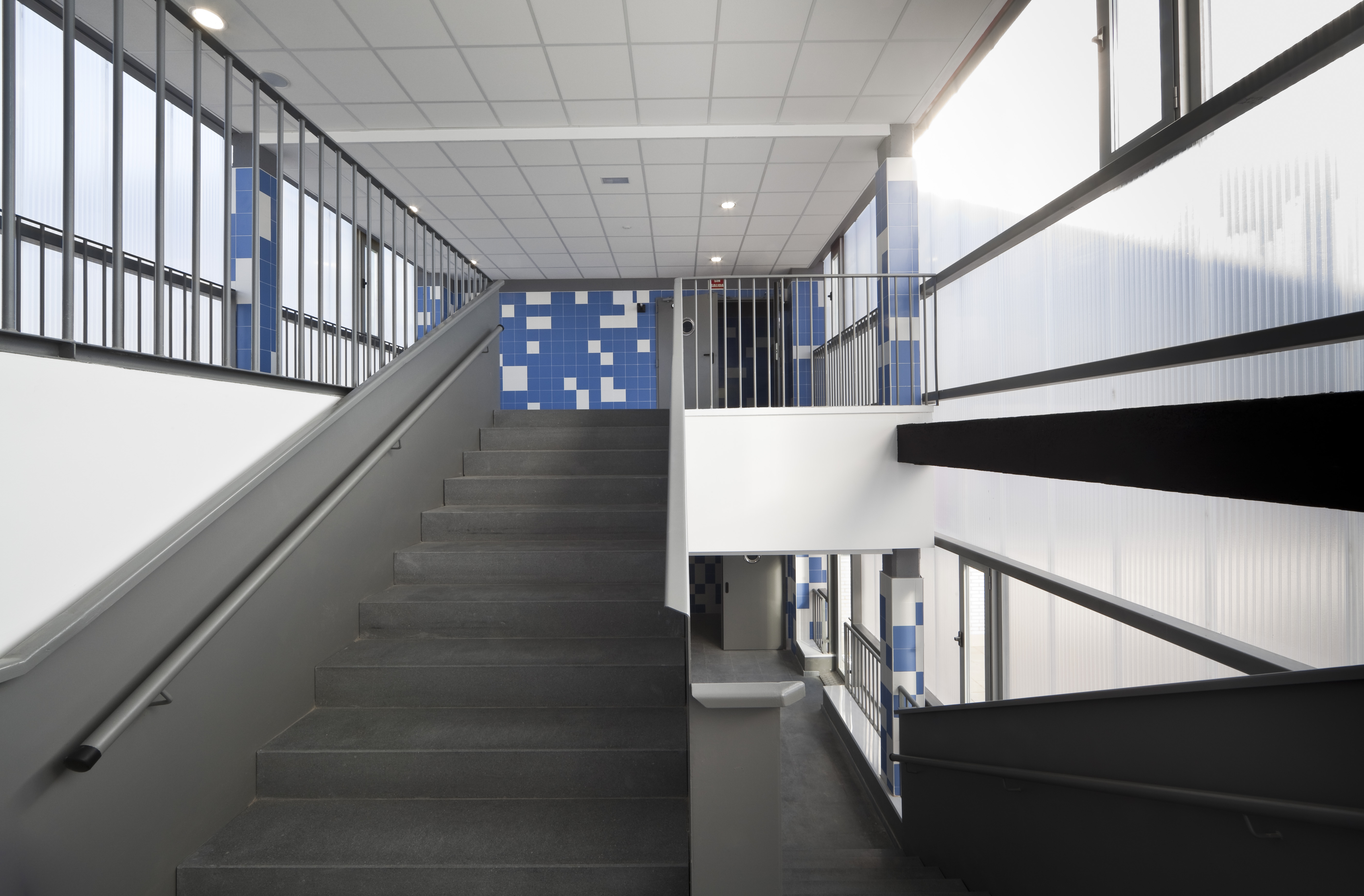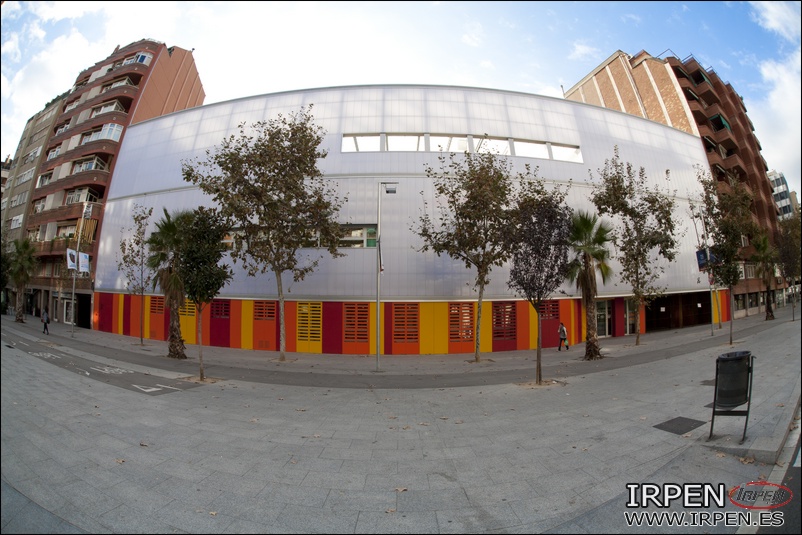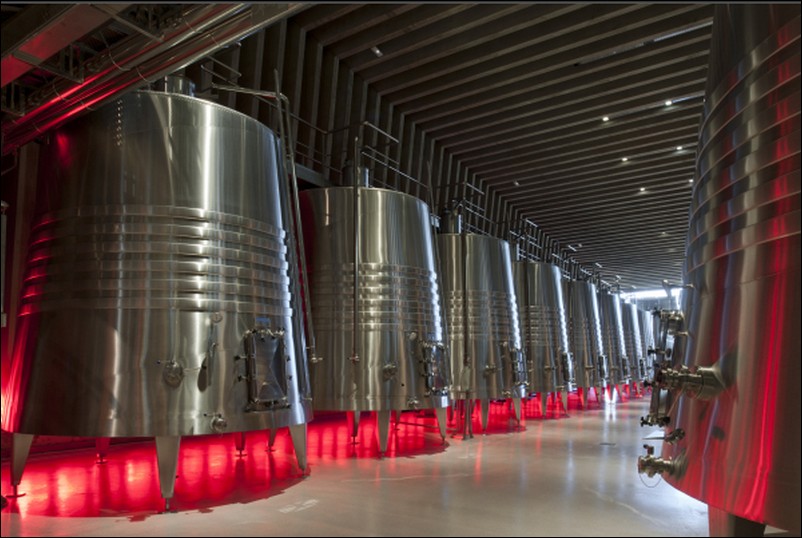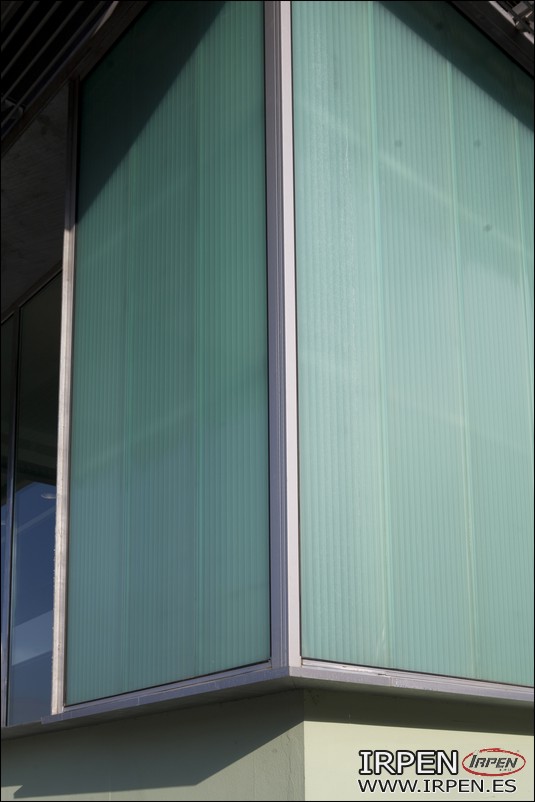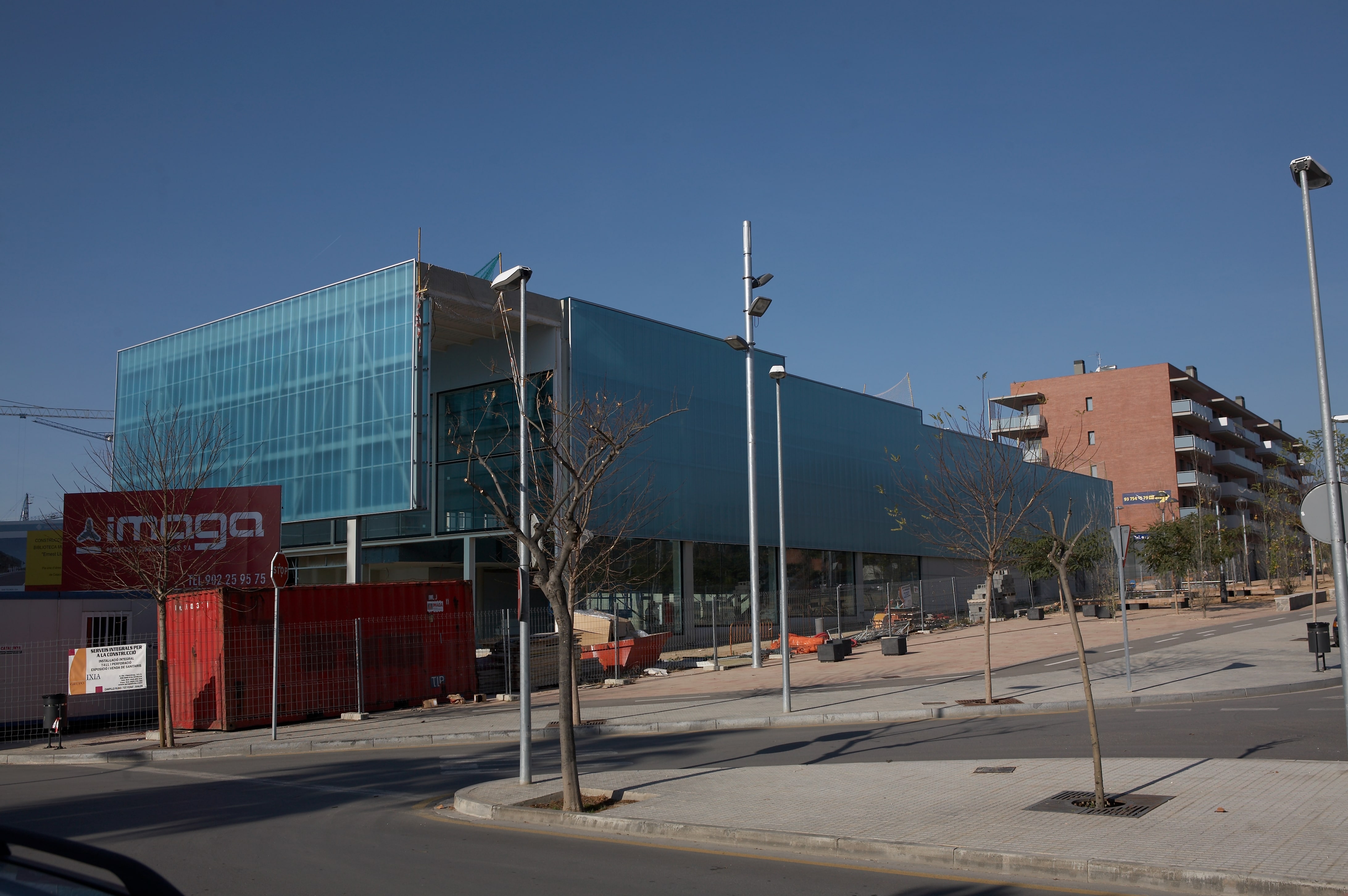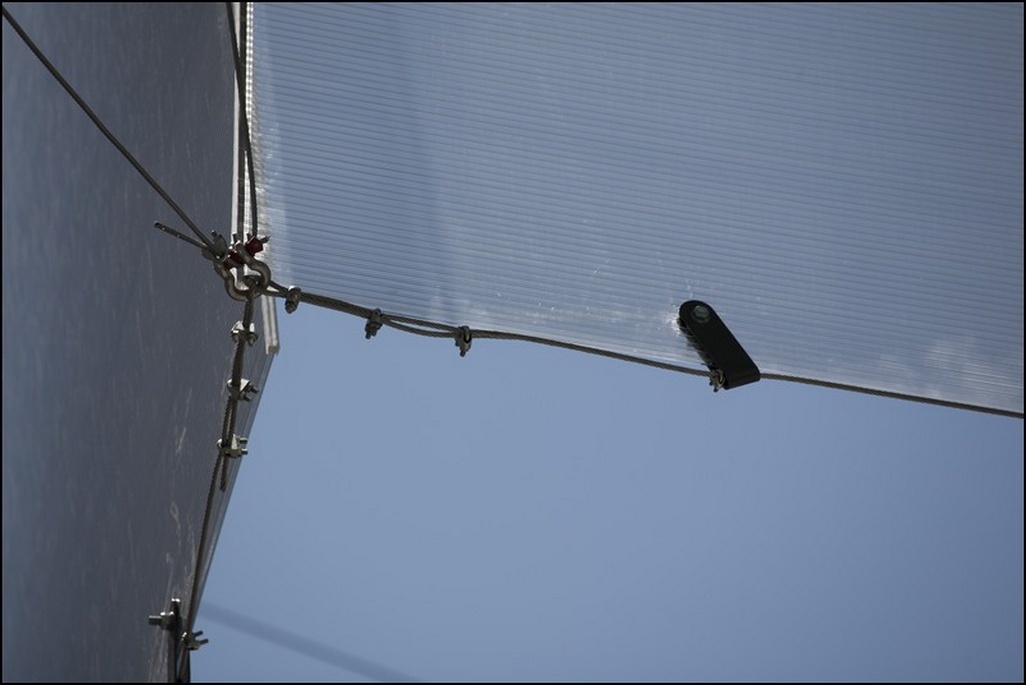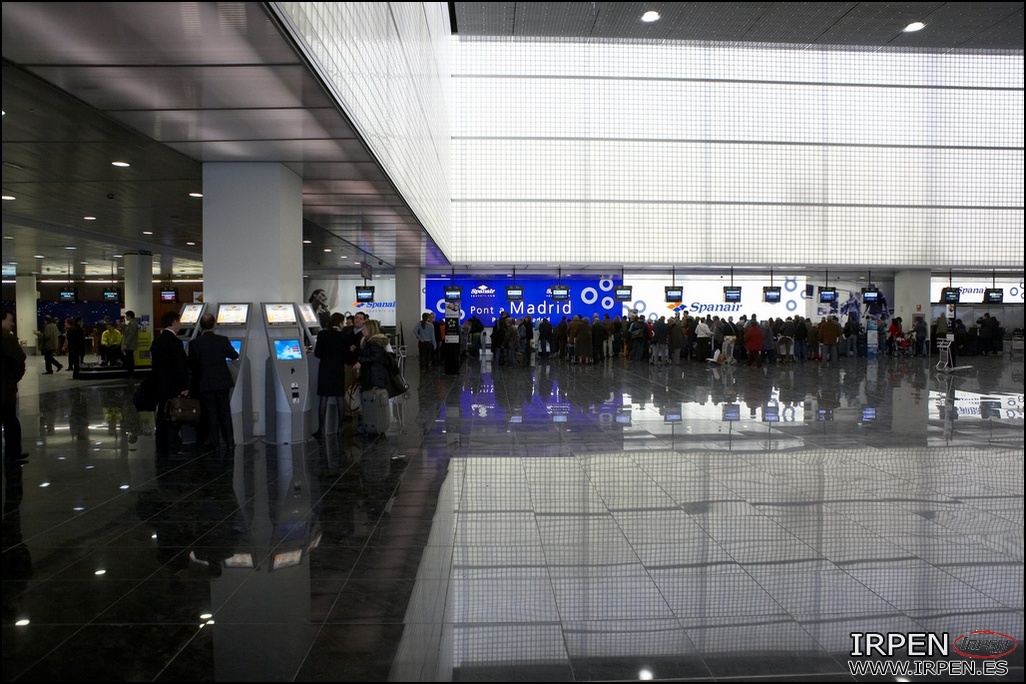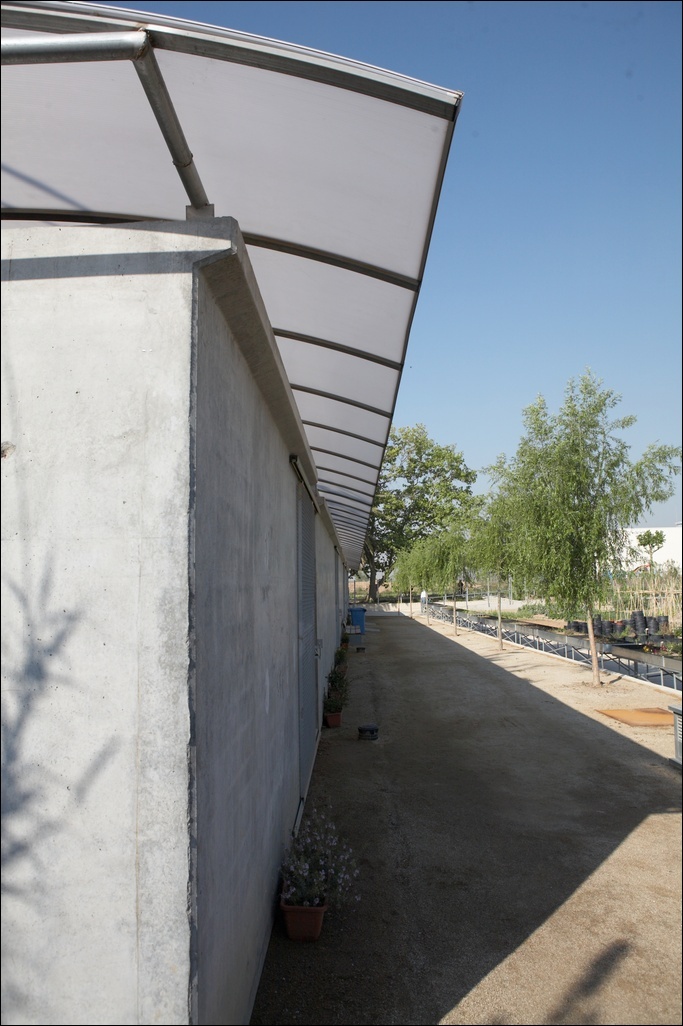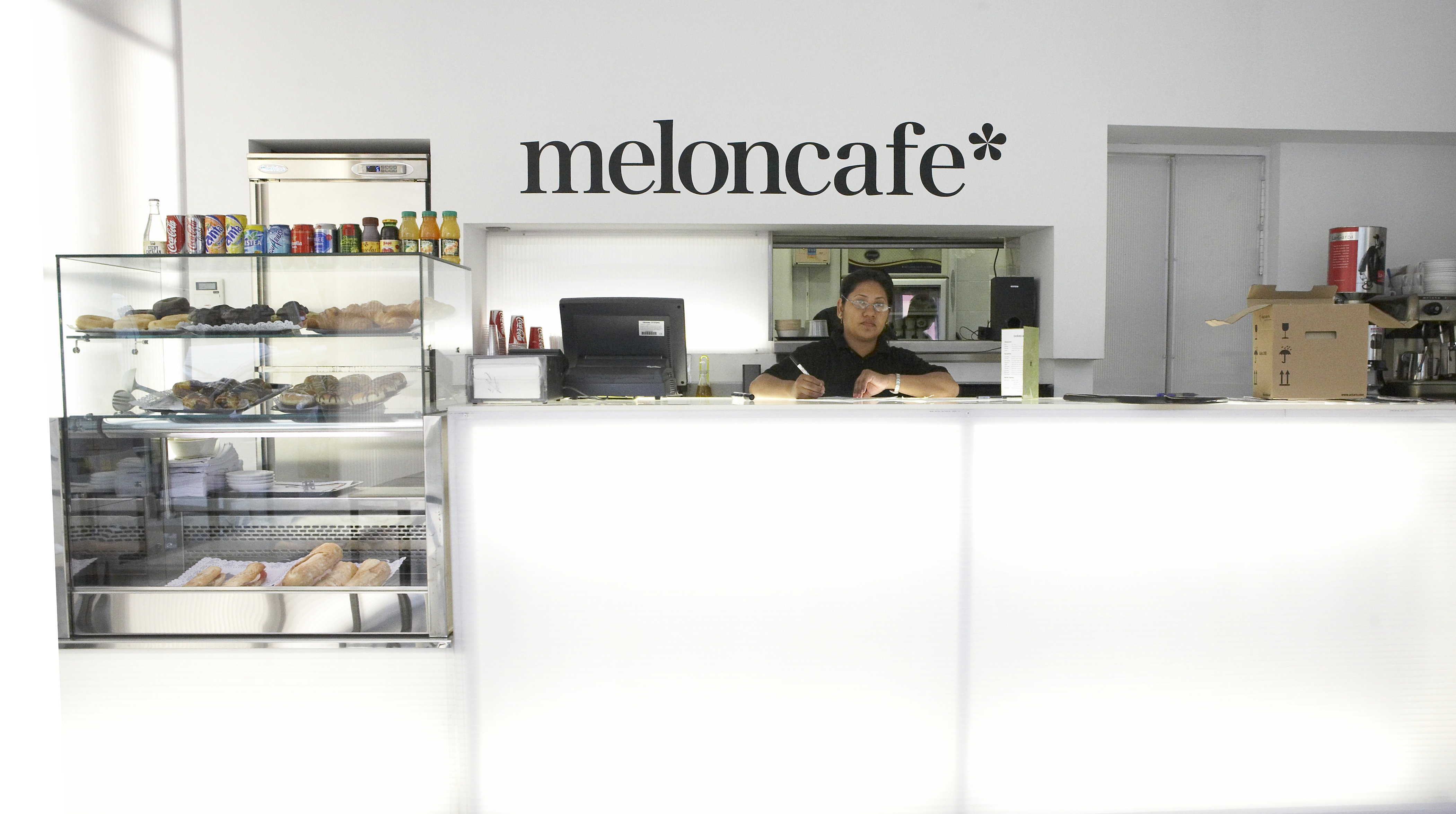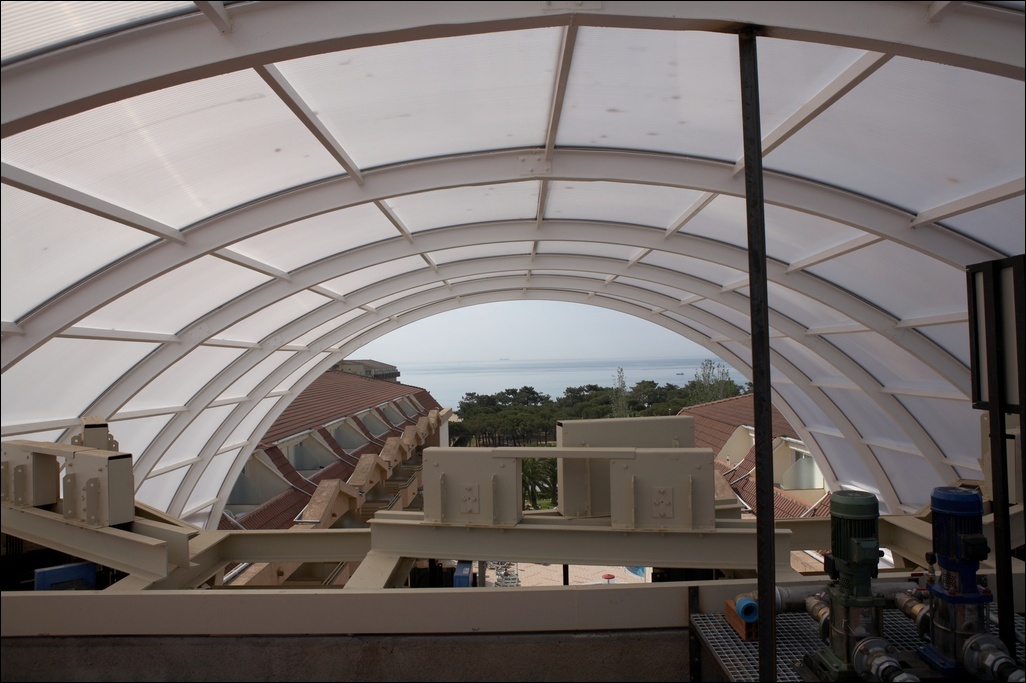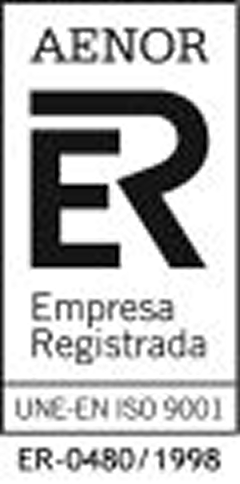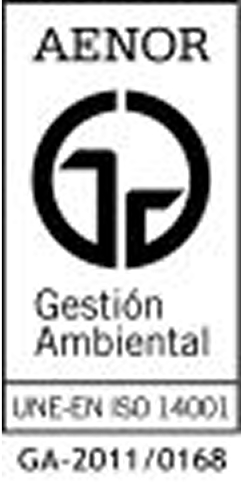Akyver - Multiwall Polycarbonate
Materials and fire classification according to use

This month we will use this space to make a brief presentation of the concept of reaction to fire and its regulatory framework of reference, in construction products and construction elements based on their behavioral properties in the face of fire. Reaction to fireTo begin with, we will define what is meant by reaction to fire, thus determining the propensity of a material to fuel a fire. The set of criteria adopted in this standard to determine the reaction to fire are: the flammability of the materials, the calorific value, the speed of flame propagation, the rate of smoke production, the presence of incandescent droplets and debris and/or a combination of the different aspects related to safety.Regulatory Framework of ReferenceSpecifications that must be complied with, depending on the type of construction and use:
- DB SI of Royal Decree 314/2006, of March, approving the Technical Building Code.
- Royal Decree 267/2004, of December 3, approving the Regulations on Fire Safety in Industrial Establishments (RSCIEI).
- Royal Decree 842/2002, of August 2, approving the Low Voltage Electrotechnical Regulation (REBT).
Classification regulations:
- RD 842/2013, of October 31, approving the Classification of construction products and construction elements according to their reaction properties and resistance to fire.
Annex I. Applicable to construction products (with the exception of suspended textiles, textile roof elements integrated into buildings, armchairs and fixed upholstered seats, as well as products for the construction of roofs and covers of these).
Annex II. Applicable to roof construction and cover products.
- UNE-EN 13501-1:2007 +A 1:2010, in general.
Classification based on fire behavior of construction products and building elements. Part 1: Classification based on data obtained in fire reaction tests.
This standard is applicable to: construction products, and specifically deals with floor covering and linear products for thermal insulation of pipes.
The standard makes no explicit reference to its application to electrical wiring, suspended textiles, textile cover elements and fixed armchairs-seats.
- UNE-EN 13501-5:2007 +A 1:2010, for covers.
Classification based on fire behavior of construction products and building elements. Part 5: Classification based on data obtained in roof tests under the action of an external fire.
- UNE-EN 1021-1:2015 and UNE-EN 1021-2:2015, for upholstered furniture.
UNE-EN 1021-1:2015. Assessment of the flammability of upholstered furniture. Part 1: ignition source, burning cigarette.
UNE-EN 1021-2:2015. Assessment of the flammability of upholstered furniture. Part 2: ignition source, flame equivalent to a match.
- UNE-EN 13773:2003, for textiles.
UNE-EN 13773:2003. Textiles and textile products. Fire behavior. Curtains and curtains. Classification scheme.
- UNE 23727:1990, for textile secondary construction elements.
UNE 23727:1990. Fire reaction tests on construction materials. Classification of materials used in construction.
Construction product classification RD 842/2013, in accordance with UNE EN 13501-1+A1The current classification, in accordance with UNE 13501-1+A1, on the fire reaction classification of construction materials, establishes A-F classifications, followed by two subscripts according to their behavior. On the other hand, for the construction elements, it establishes the R, RE and REI classes, depending on the time that the element maintains its stability. Next, we will present the seven levels in which a product can be classified, according to its energy potential, ordered from lowest to highest.
- A1: Not Combustible. No maximum contribution to the fire. Level at which products are integrated that at no stage of the fire contribute to it. It has no subscripts.
- A2: Not Combustible. No minor contribution to the fire. Level at which products with very limited calorific value are integrated, which do not provide a significant fire load or contribute to its development. It has no subscripts.
- B: Fuel. Combustible products with a very limited contribution to fire.
- C: Fuel. Combustible products with a limited contribution to fire.
- D: Fuel. Fuel products with an average contribution to fire.
- E: Fuel. Fuel products with a high contribution to fire.
- F: Unclassified. Level into which products that cannot meet any of the above requirements or whose performance has not been subject to any evaluation are integrated.
In summary, the products collected by RD 842/2013, in accordance with the UNE EN 13501-1 Standard, depending on their flammability (from the lowest to the highest contribution to fire) the classification would go from A1 to F, with the corresponding subscript being: According to the opacity of the fumes (smoke), 3 levels are determined:
- S1: Low speed and amount of emission.
- S2: Average speed and amount of emission.
- S3: High speed and amount of emission.
Depending on the fall of inflamed droplets or particles (drop), 3 levels are determined:
- d0: Absence of swollen droplets.
- d1: Inflammation time t < 10 s.
- d2: Inflammation time t > 10 s.
The classification of materials for walls and ceilings will be without subscripts, on the other hand, floors will have the FL (floor) and the linear products for pipe insulation will have an L (line).Summary table required reaction to fire by location: CTE-DB YES
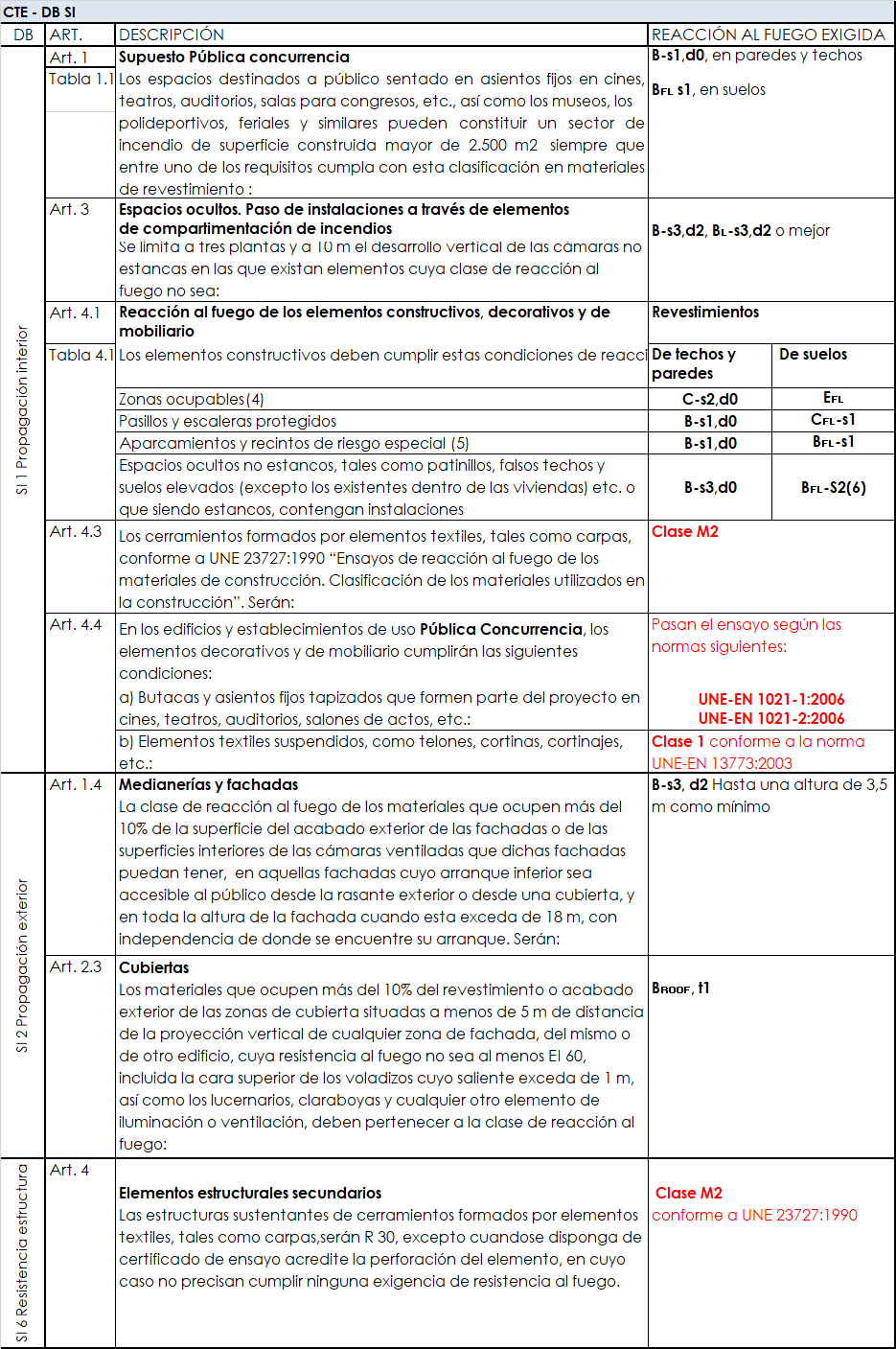
Summary table required reaction to fire by location: RSCIEI
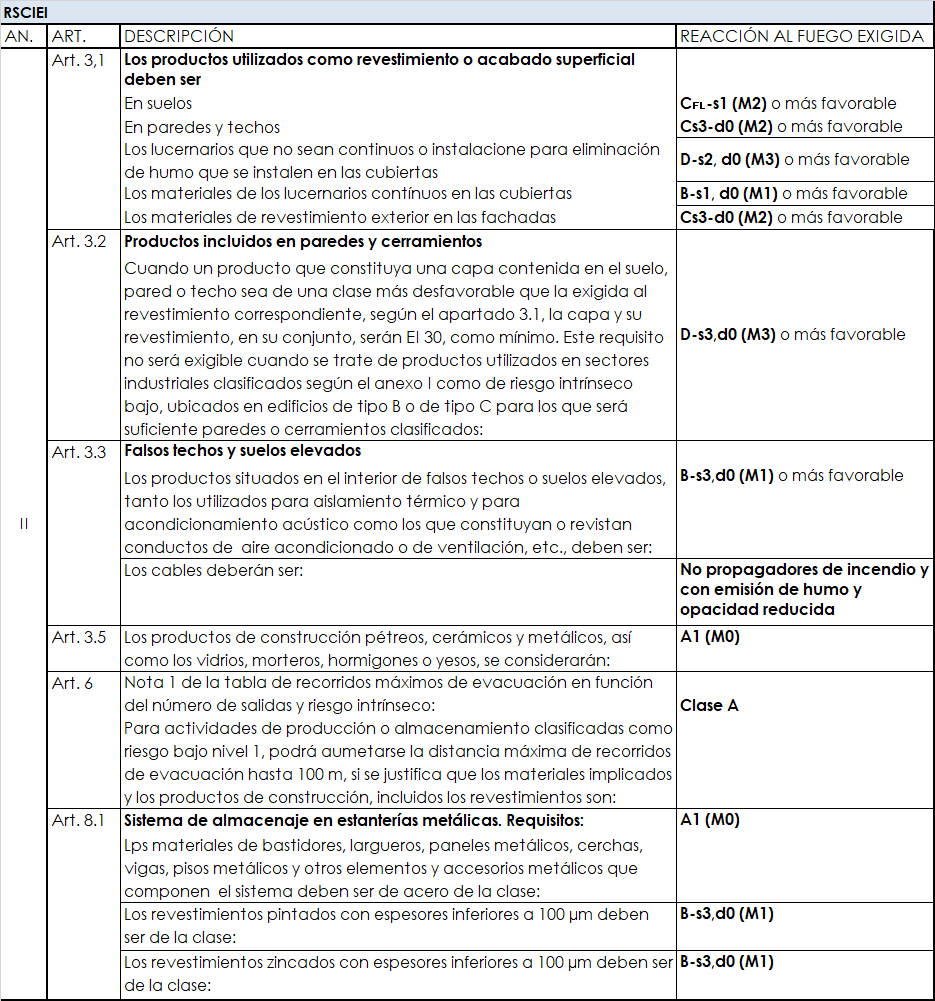
As an example, we will present a practical case where we will have to determine the requirement that coating materials must meet according to their use and location. Being a 1000 m industrial warehouse2, in a single sector and an office area spread over 3 floors of 600 m2. Type of building: Type CApplicable sectors and regulations:
- Warehouse material storage area (1000 m²). RSCIEI Application Standard
- Office area (600 m²). Application standard CTE DB SI, s >250 m²
Required reaction to fire:
- I CREATED: the area intended for industrial building
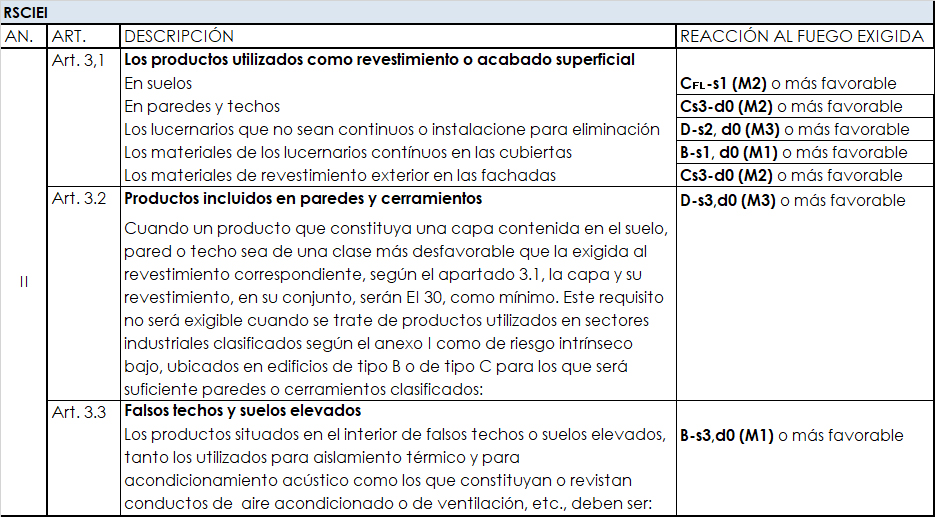
- CTE-DB IF: the office area
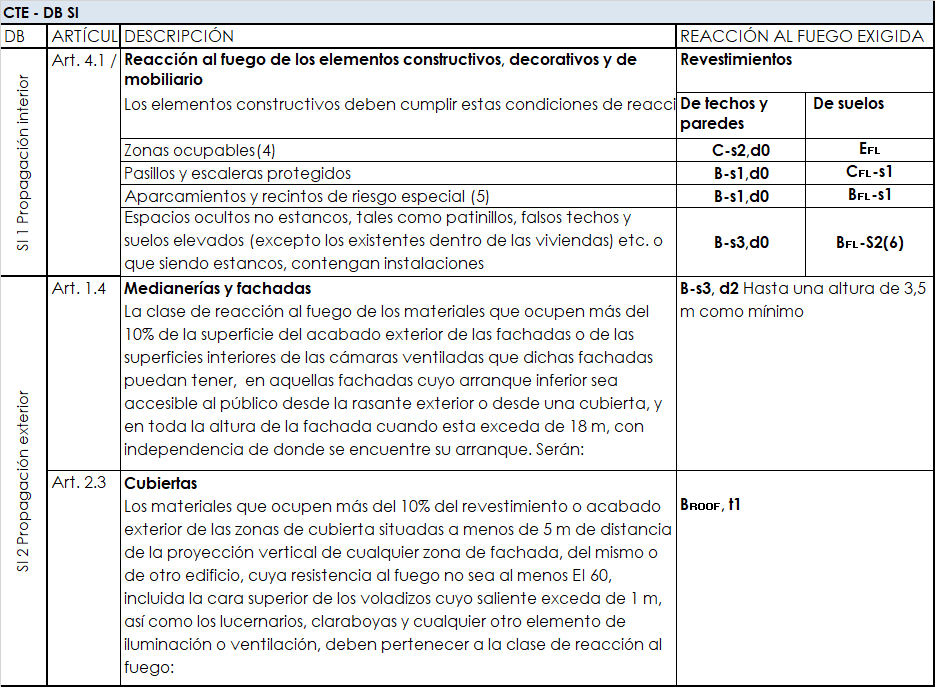
Industrial building + Office area
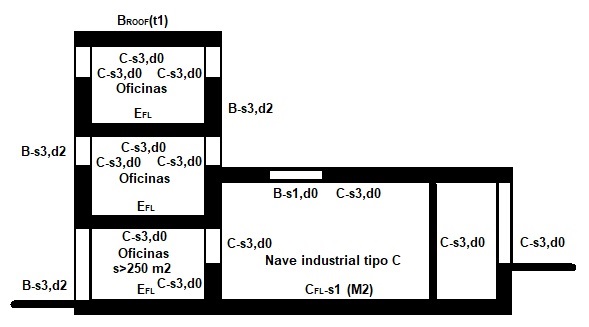
In this case, in the industrial warehouse, as in the office area, the solution for façade enclosure would have a requirement, c-S3, d0 and B-S3, d2, respectively. With the proposed installation of our AK10 40/500 7P, a 40 mm thick machined panel made of cellular polycarbonate, and a B-s1, d0 classification, we would improve the classification requested by the two standards that apply to it.Classification of construction elements RD 842/2013, in accordance with UNE EN 13501-1+A1In this case, fourteen criteria are determined by which a construction element is classified, according to its function in the building as a whole. Being:
- A: Load-bearing capacity.
- E: Integrity.
- I: Insulation.
- W: Radiation.
- M: Mechanical action.
- C: Automatic closing.
- S: Tightness to the passage of fumes.
- G: Resistance to soot combustion.
- K: Fire protection capability.
- F: Mechanical smoke and heat extractor functionality.
- B: Mechanical smoke and heat extractor functionality.
- D: Duration of stability at constant temperature.
- DH: Duration of stability considering the normalized time-temperature curve.
- P or PH: Electrical continuity or signal transmission.
To the above classification, the value in minutes is added, which indicates the maximum time of exposure to fire maintained by the corresponding characteristic, whether resistance, stability,... Depending on the function of the construction element, it will be required to maintain one or more of the criteria we have listed, for a maximum time of exposure to fire. As a clarification, we will explain the concepts:
- R (t): time that fire stability or load-bearing capacity is met (similar to the concept of fire stability, EF). Specific to elements that perform load-bearing functions, we could talk about beams and pillars.
- EI (t): time that integrity is met when hot flames and gases pass and at temperature. Only applicable to dividing elements without a supporting function, such as facades or party walls without a supporting function.
- REI (t): time that stability, integrity and thermal insulation are met (similar to the concept of fire resistance, RF). Applicable to construction elements that, in addition to their separating function, also have load-bearing capacity, such as slabs or enclosures with load-bearing walls.
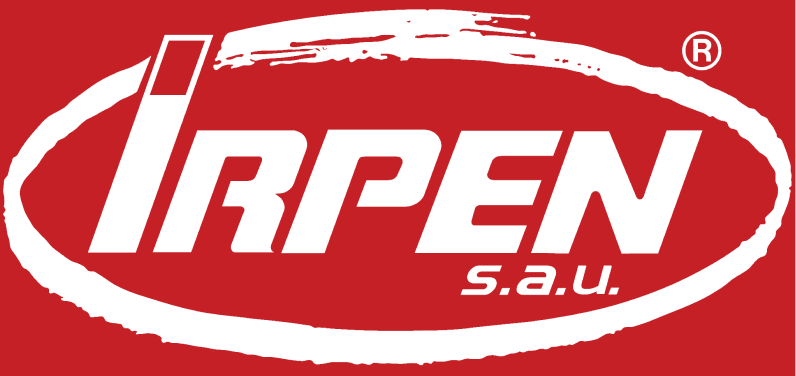





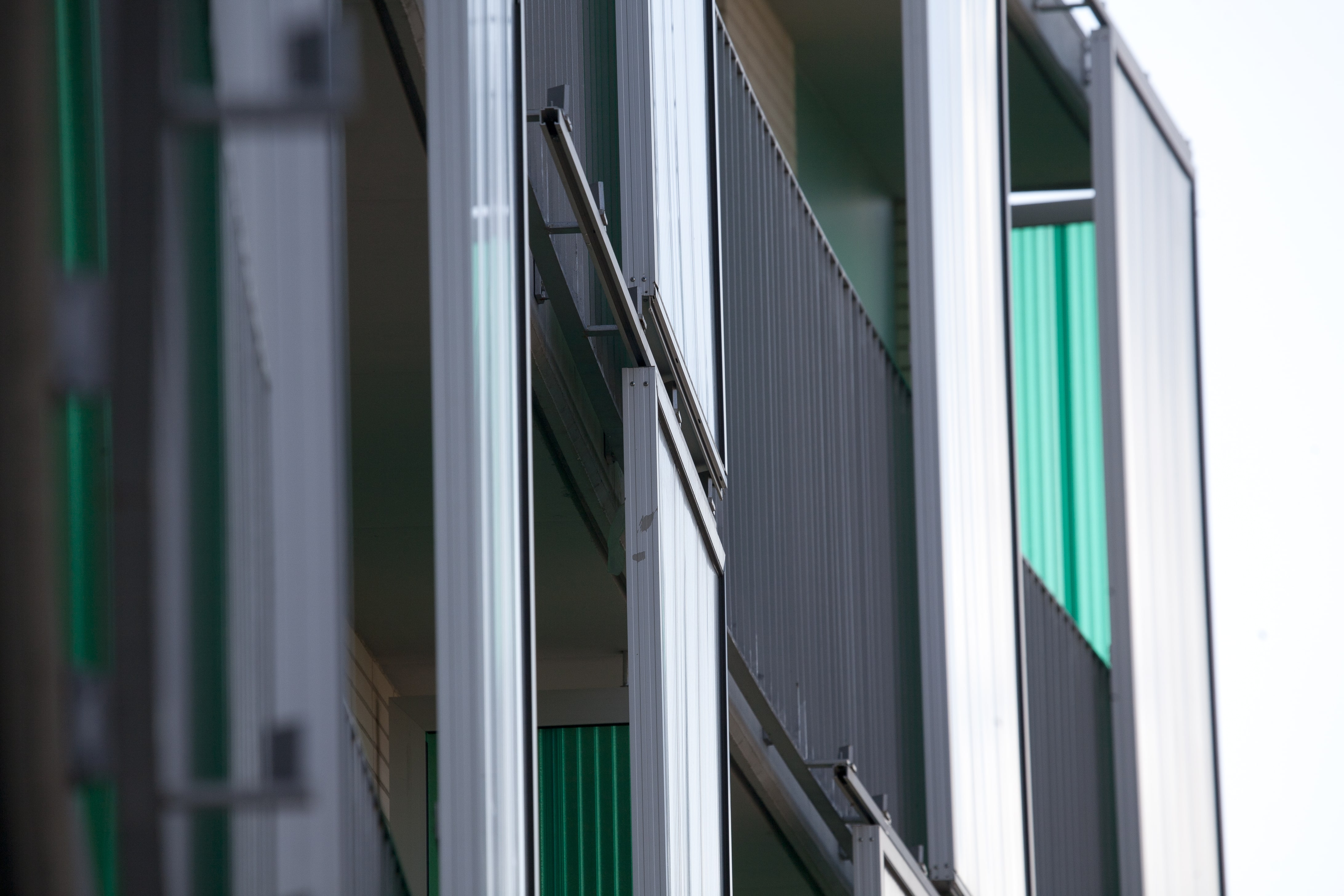

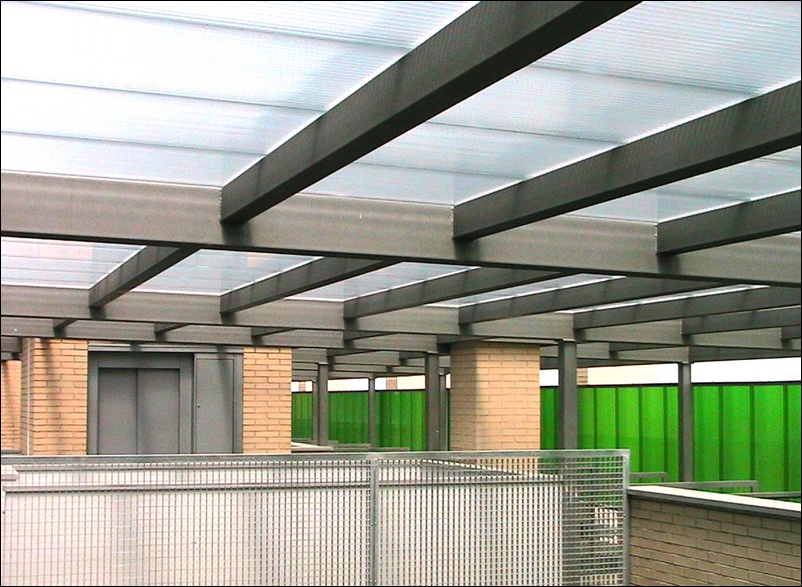
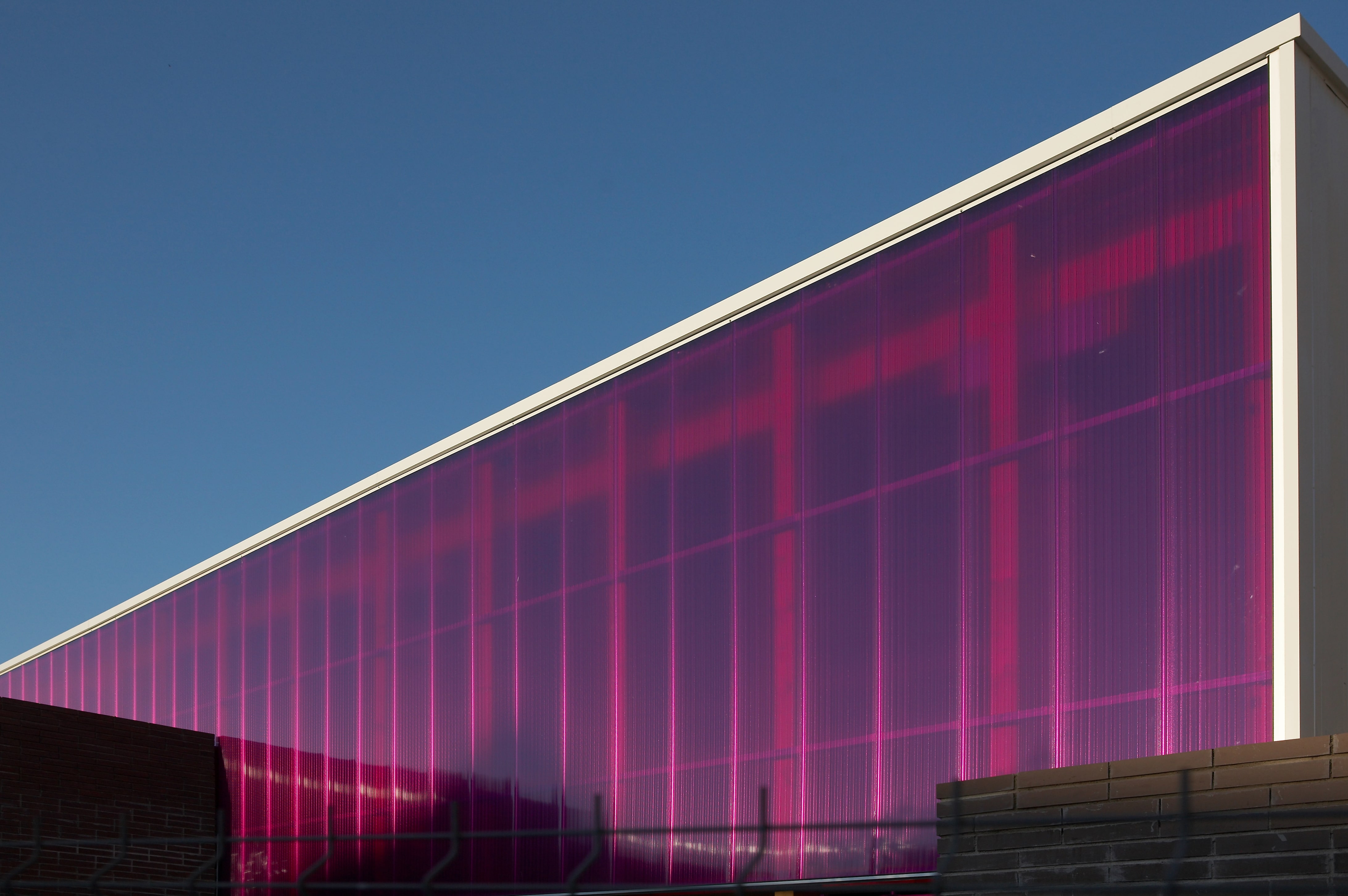
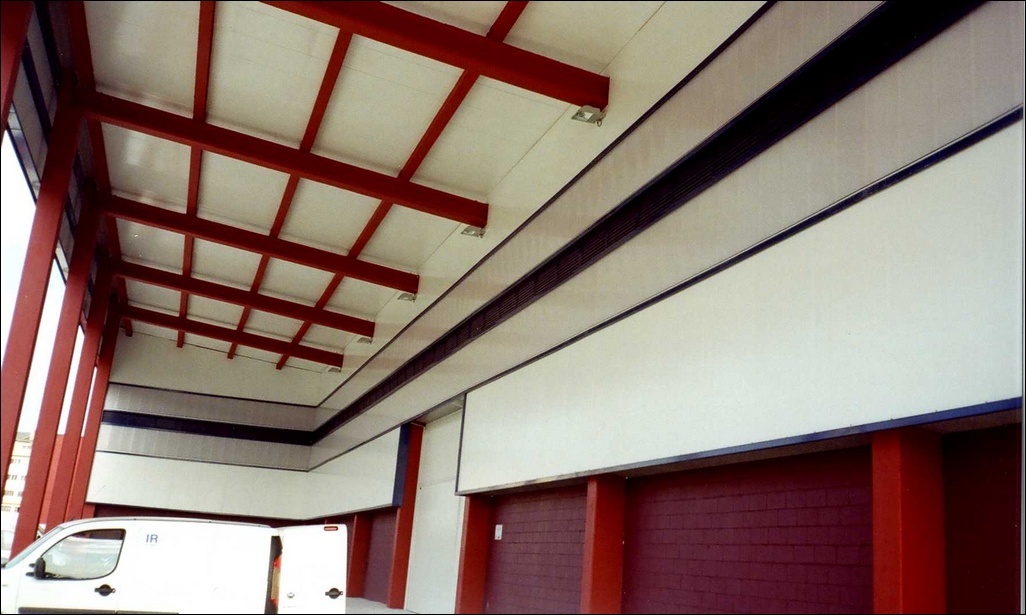
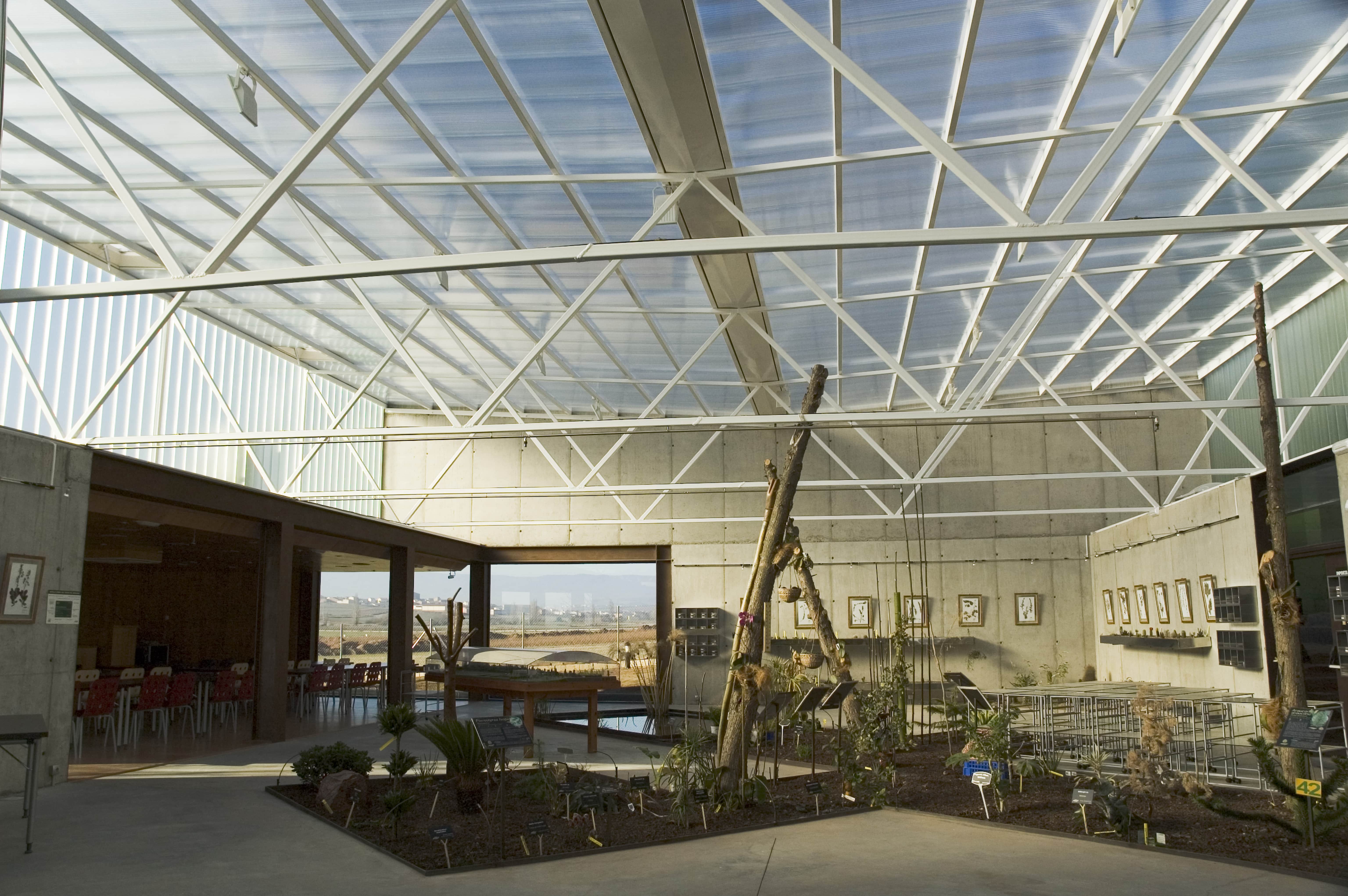
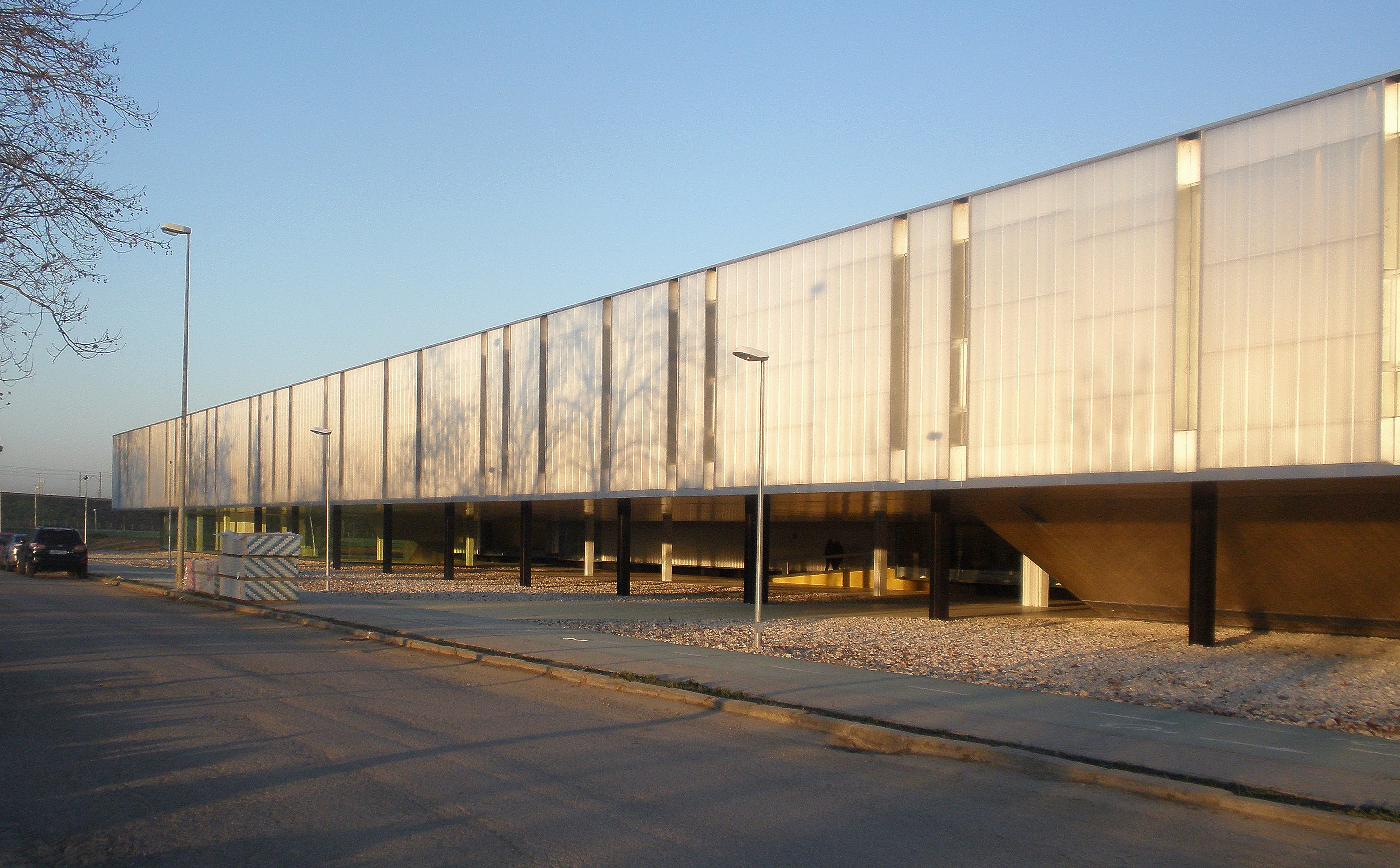
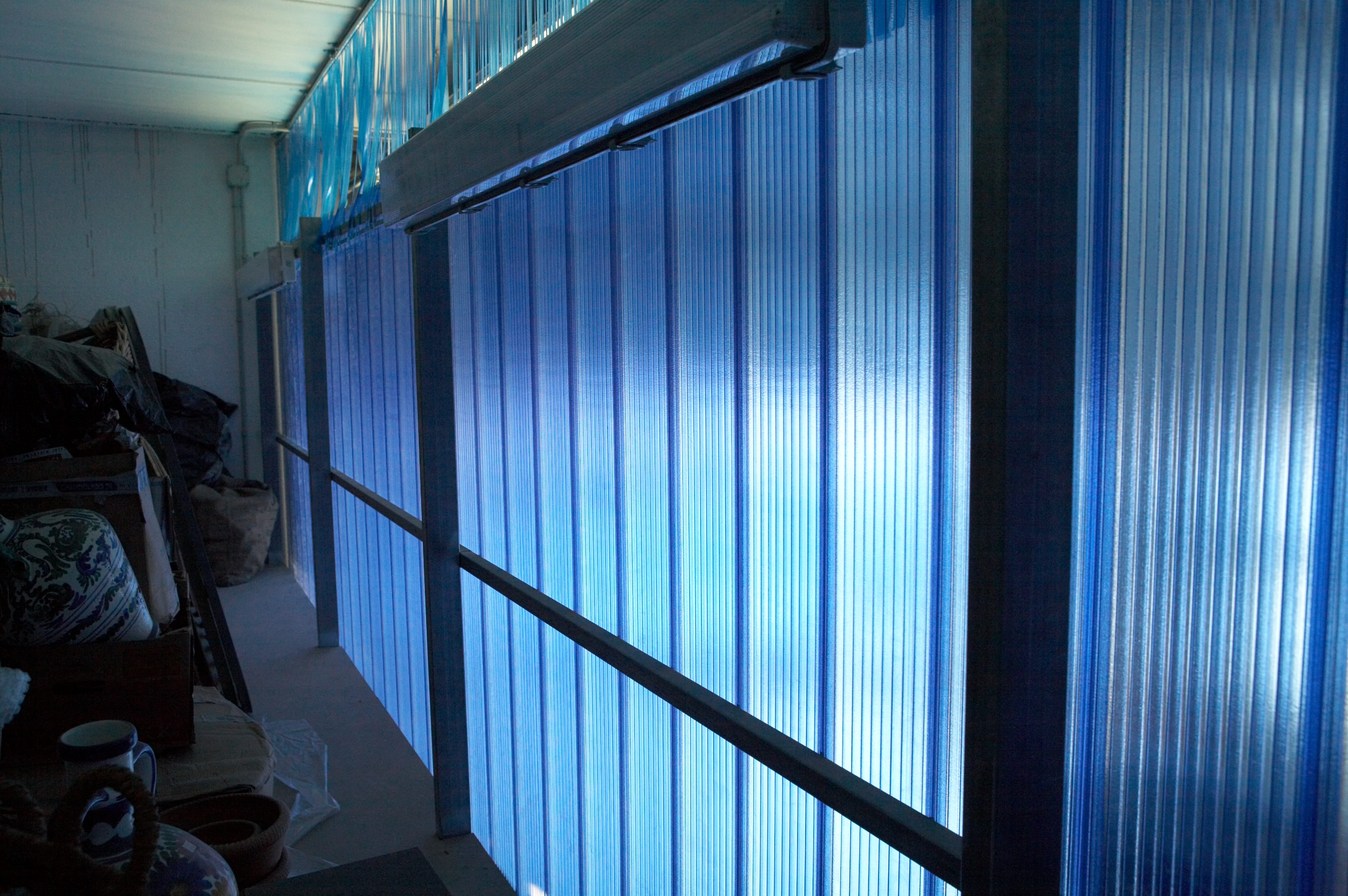
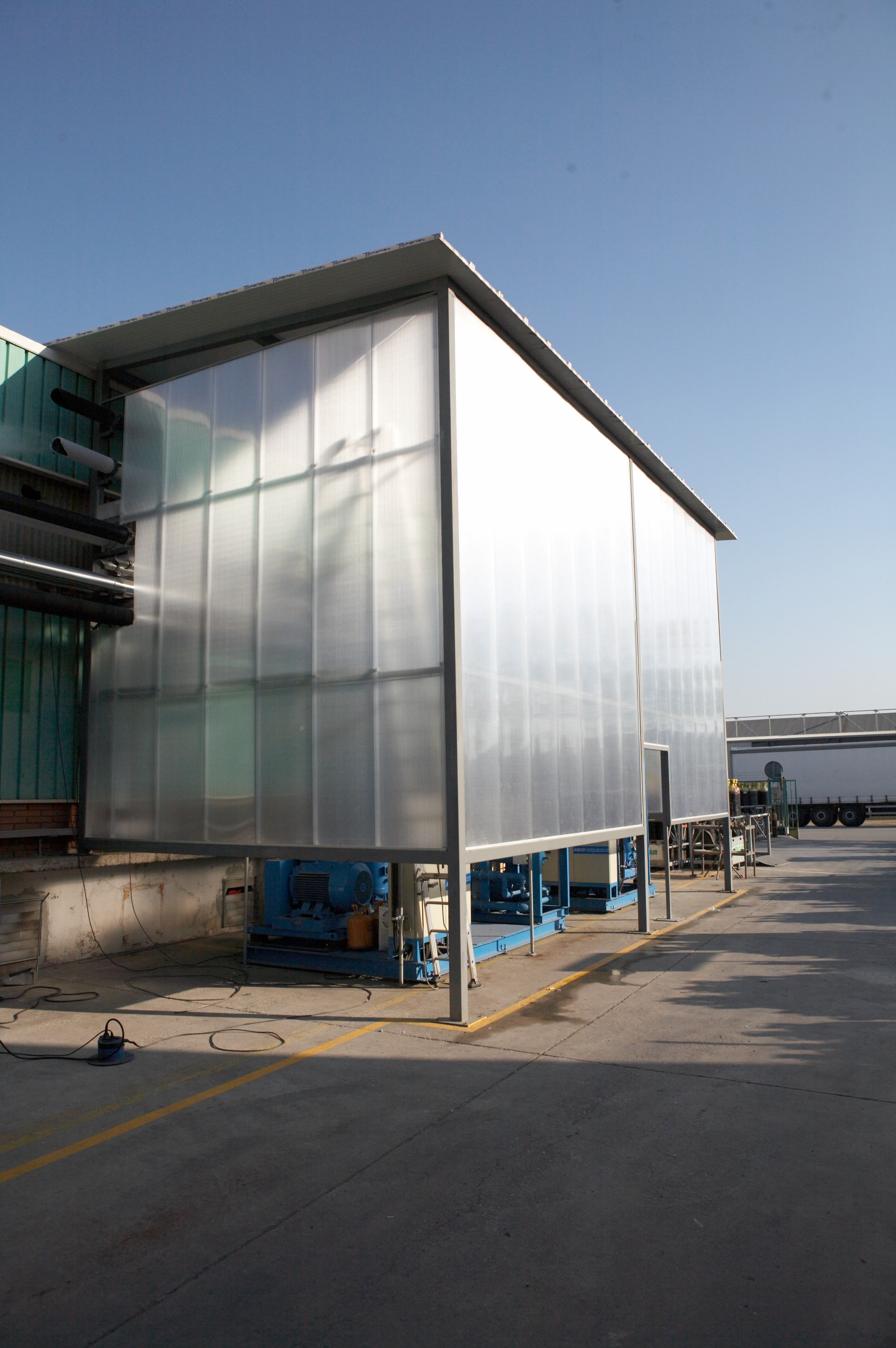
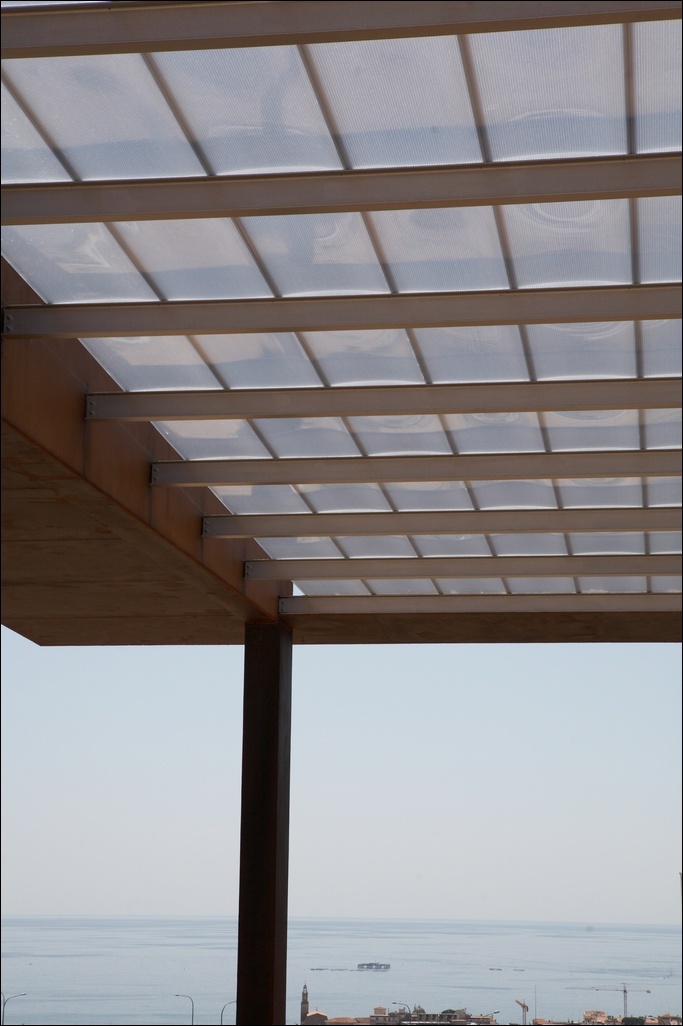
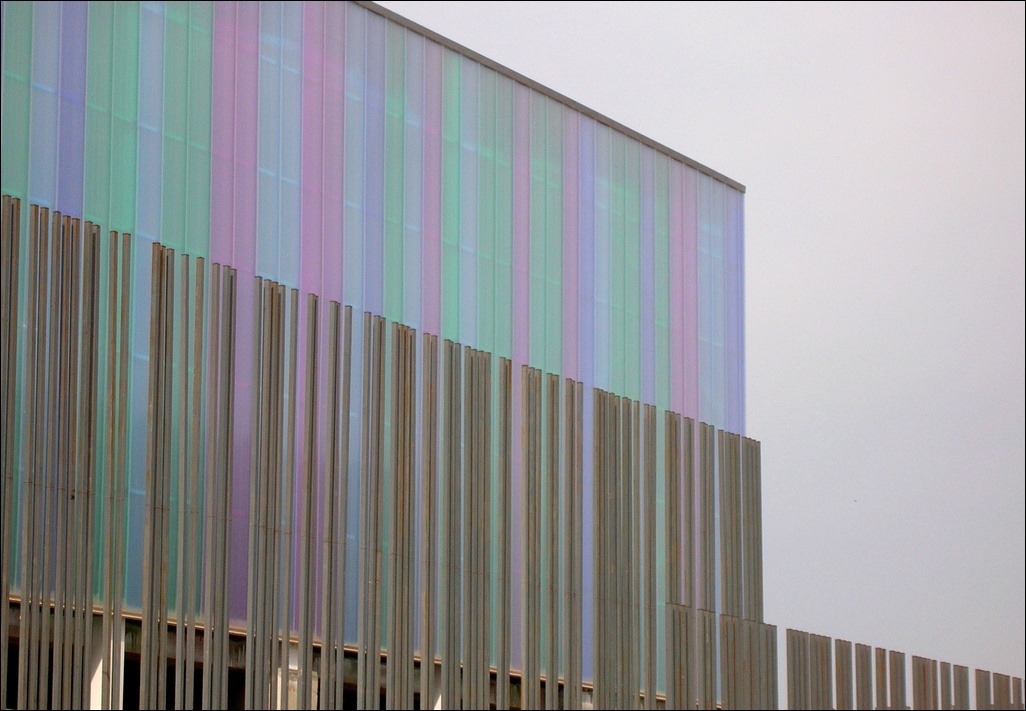
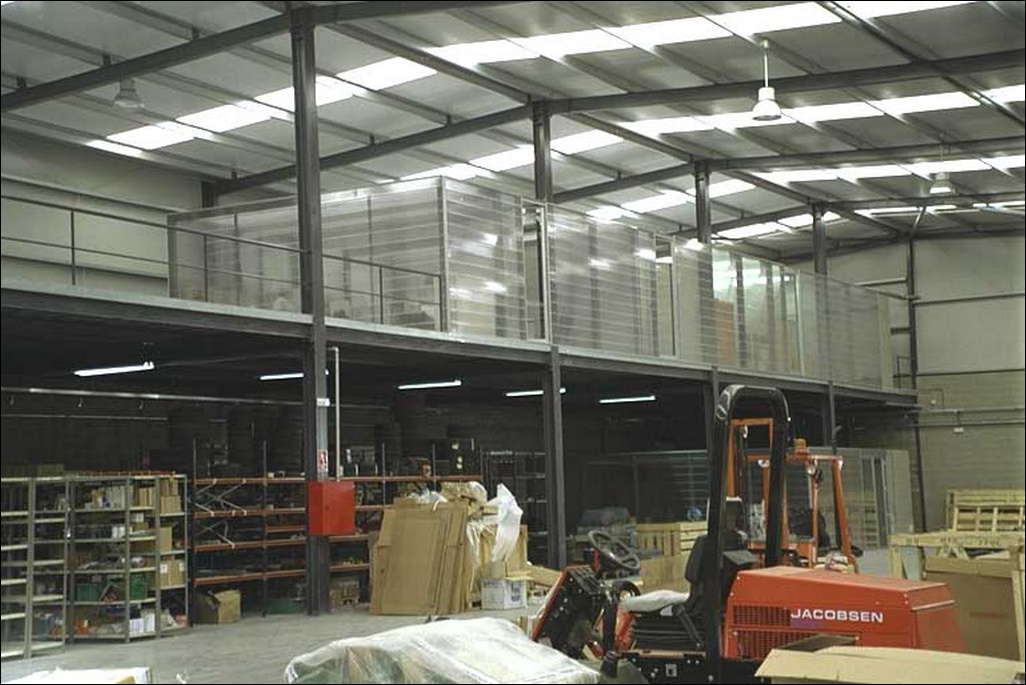
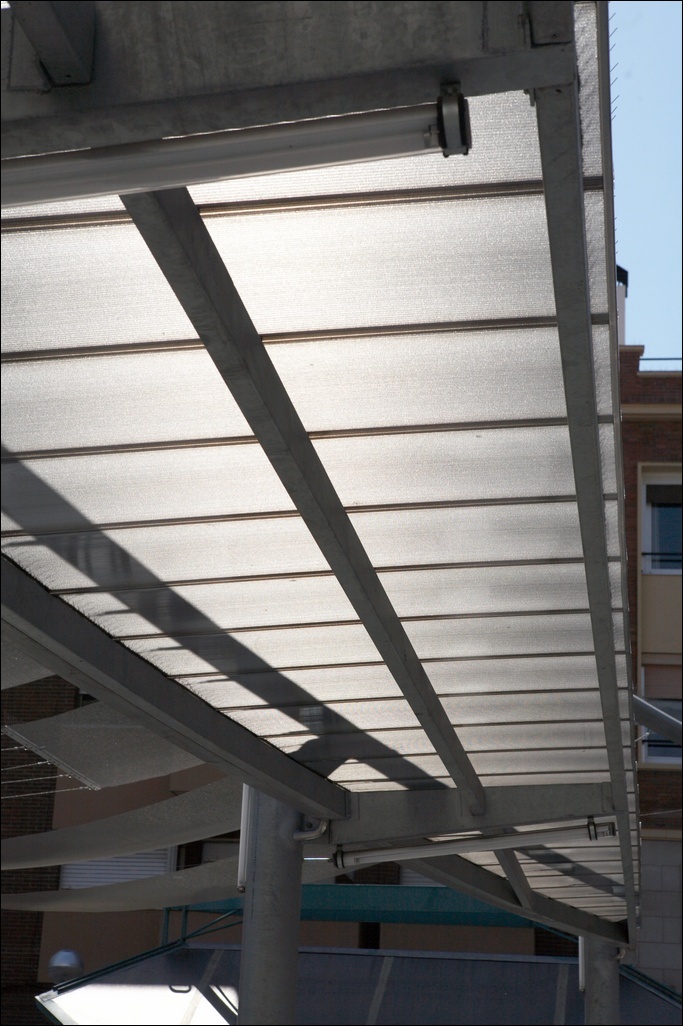
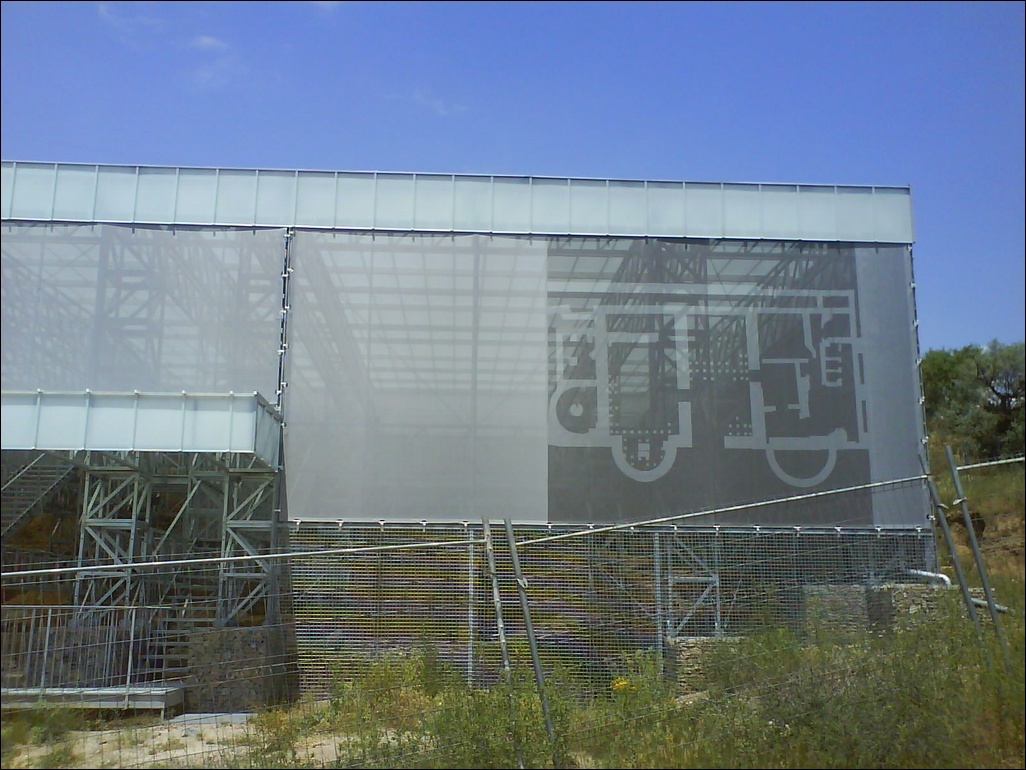
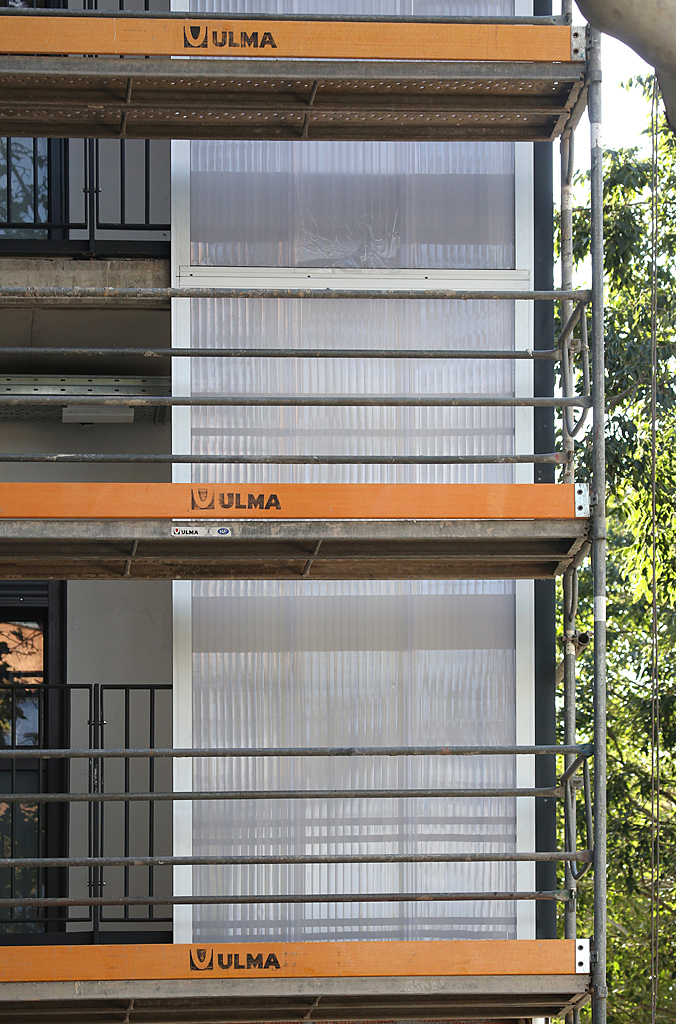
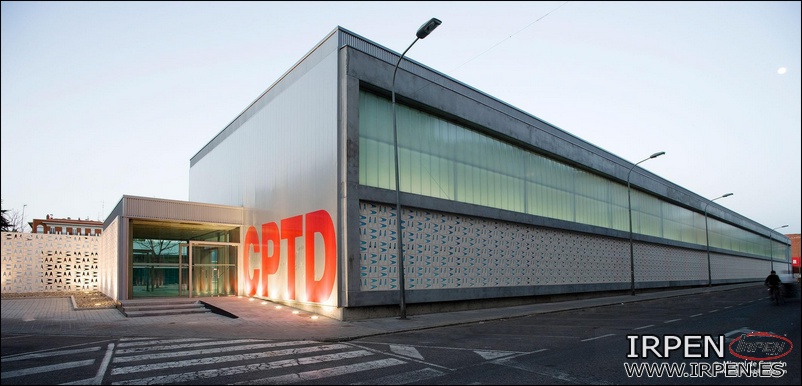
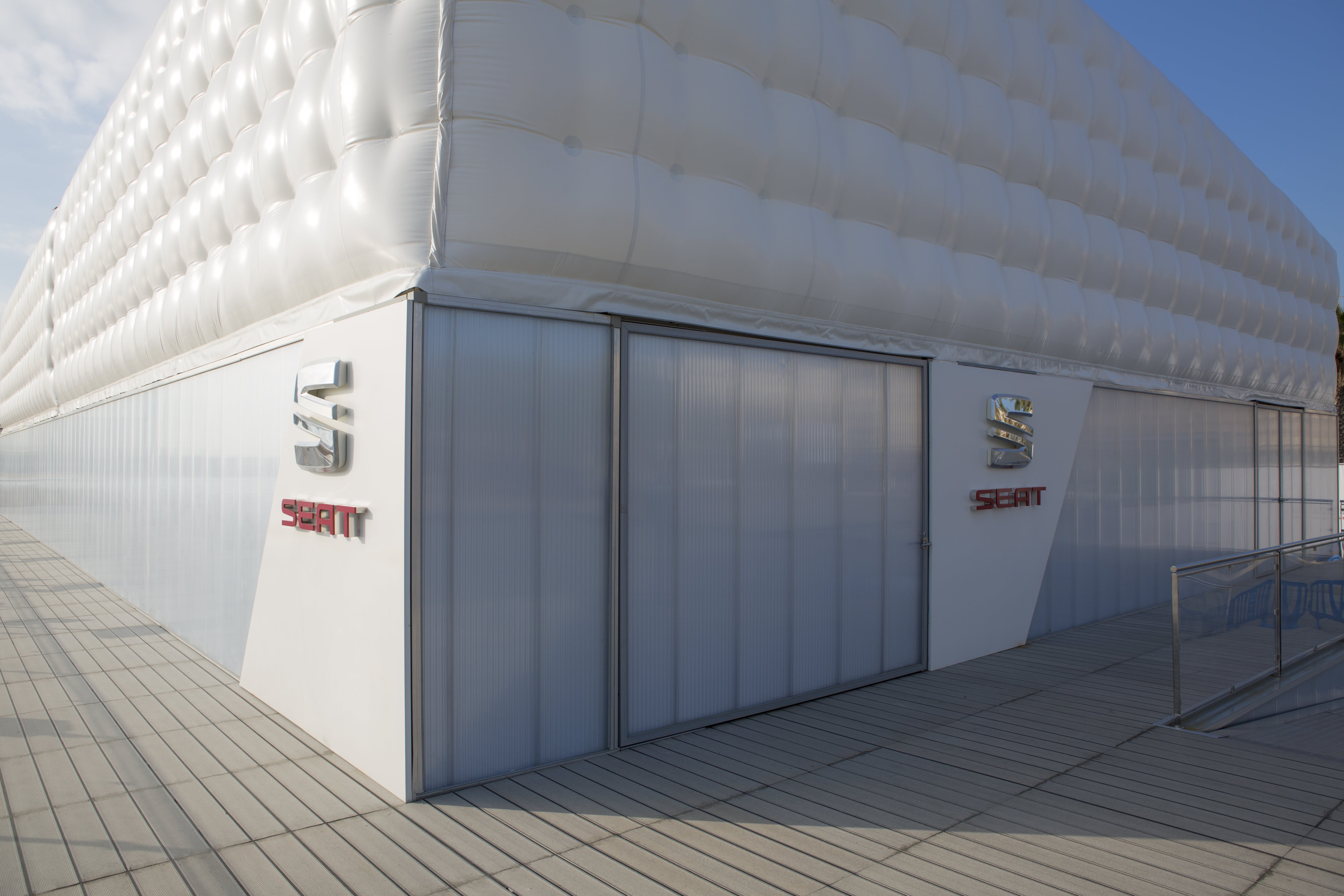
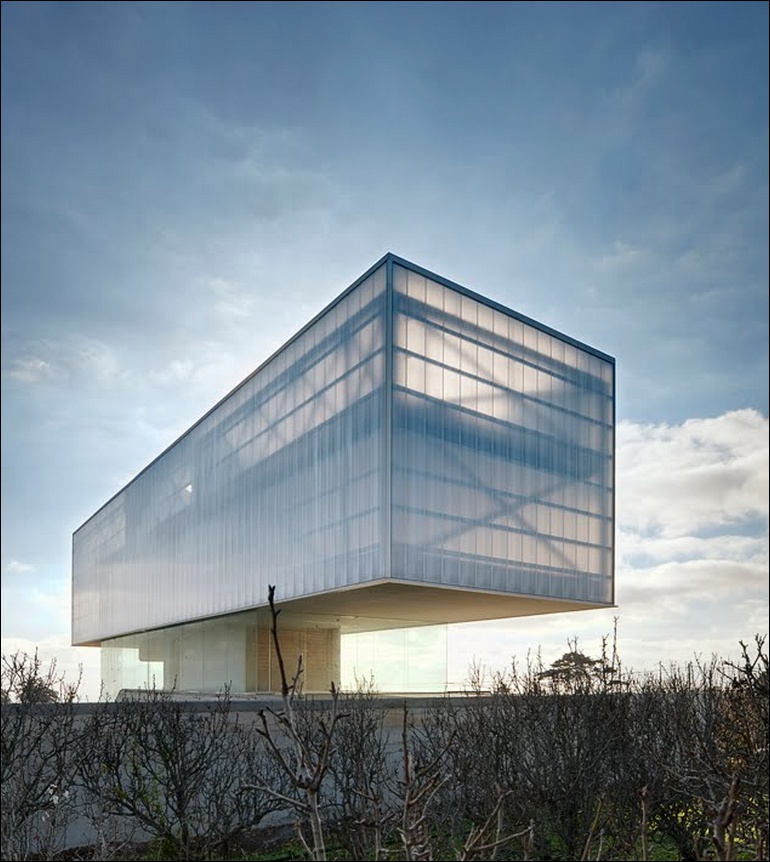
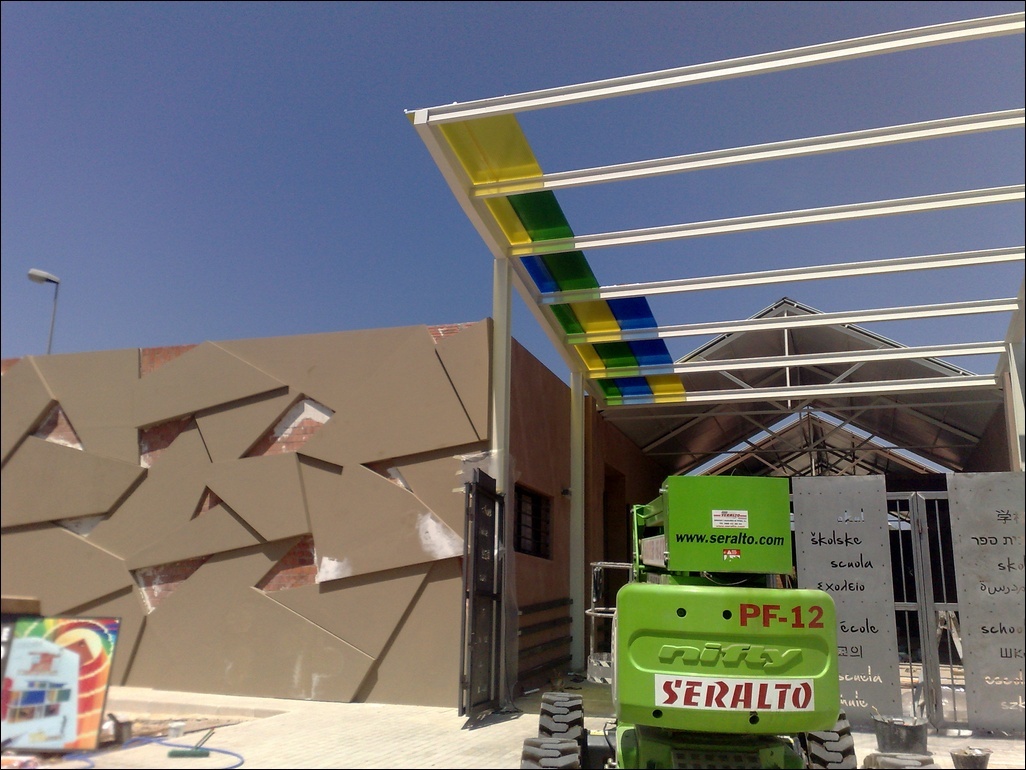
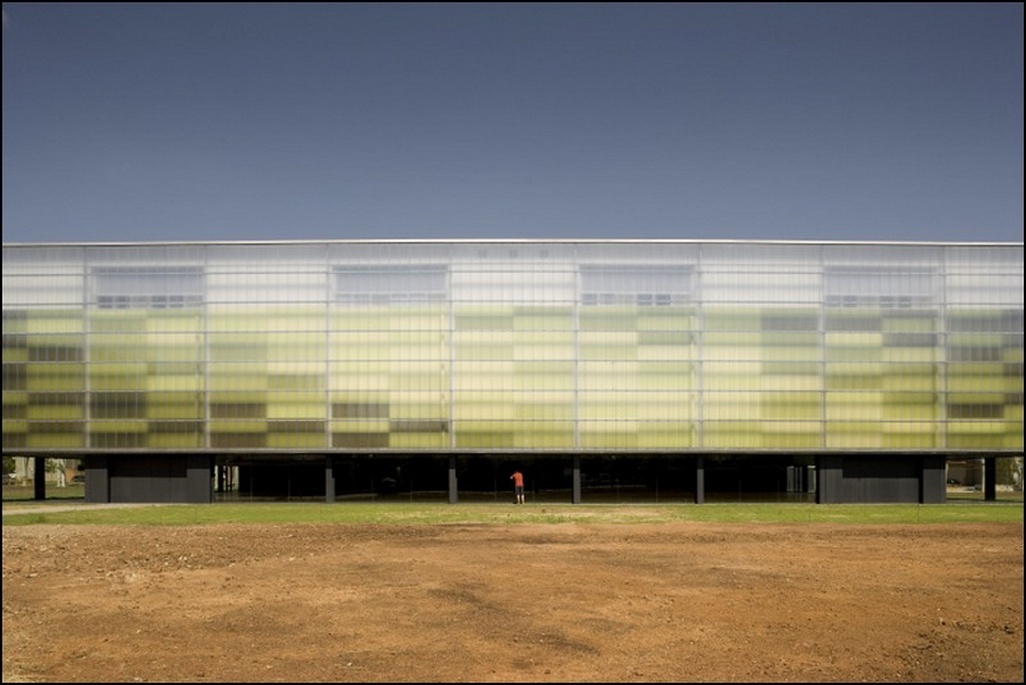
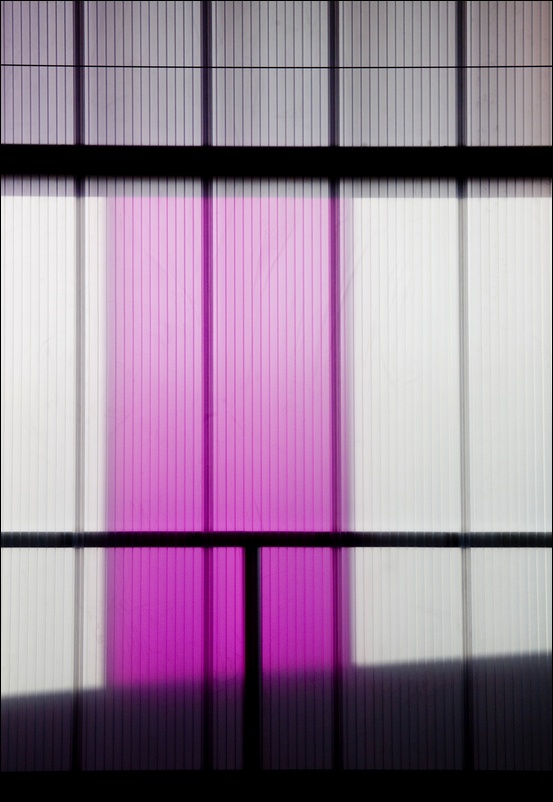
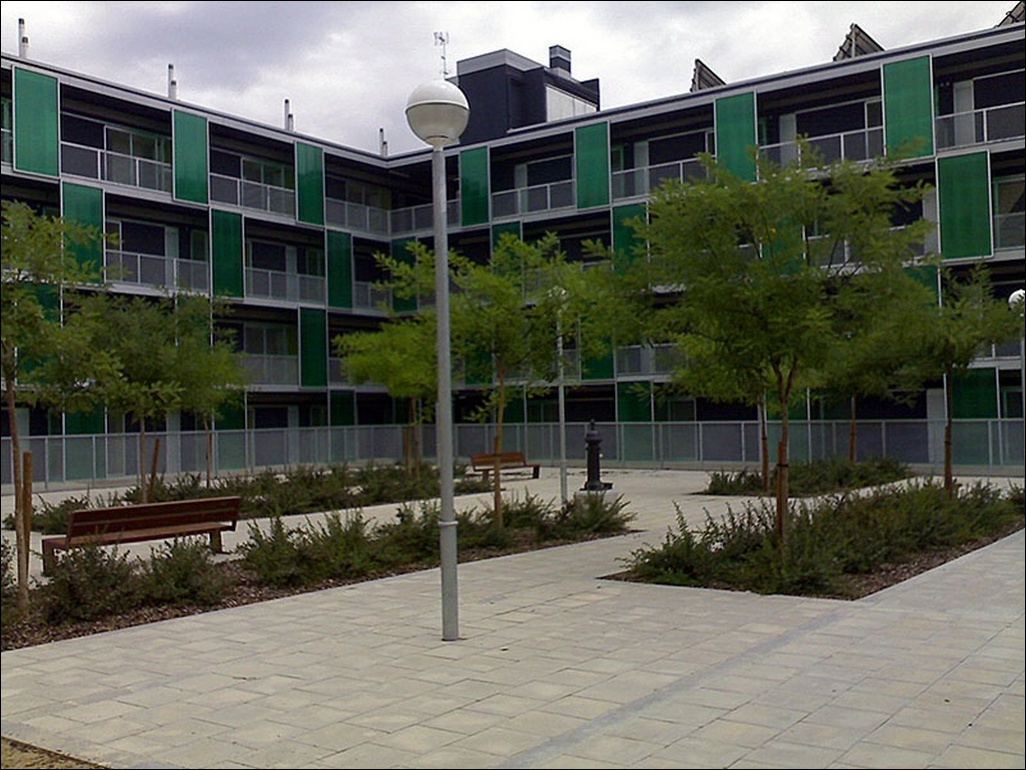
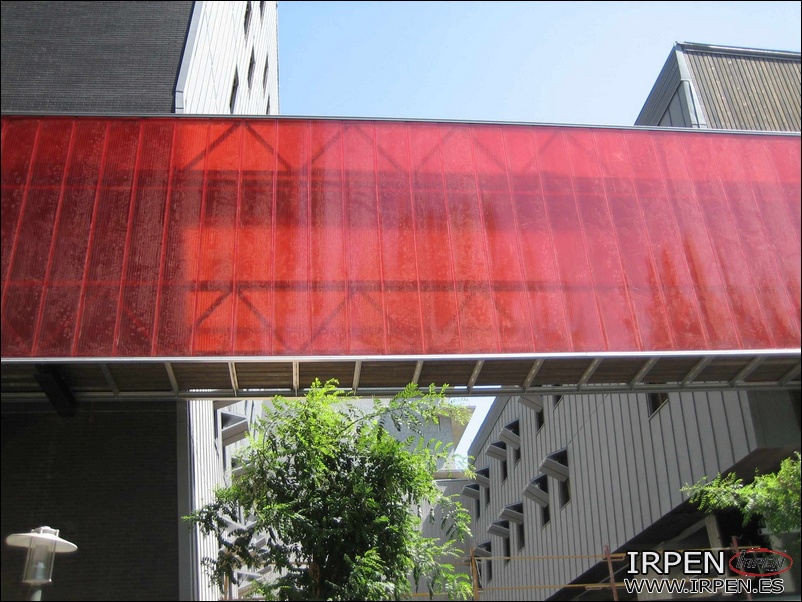
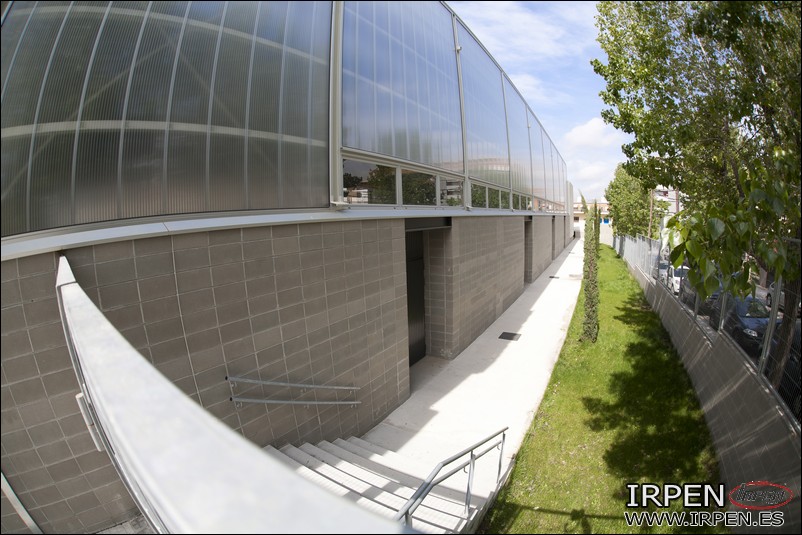
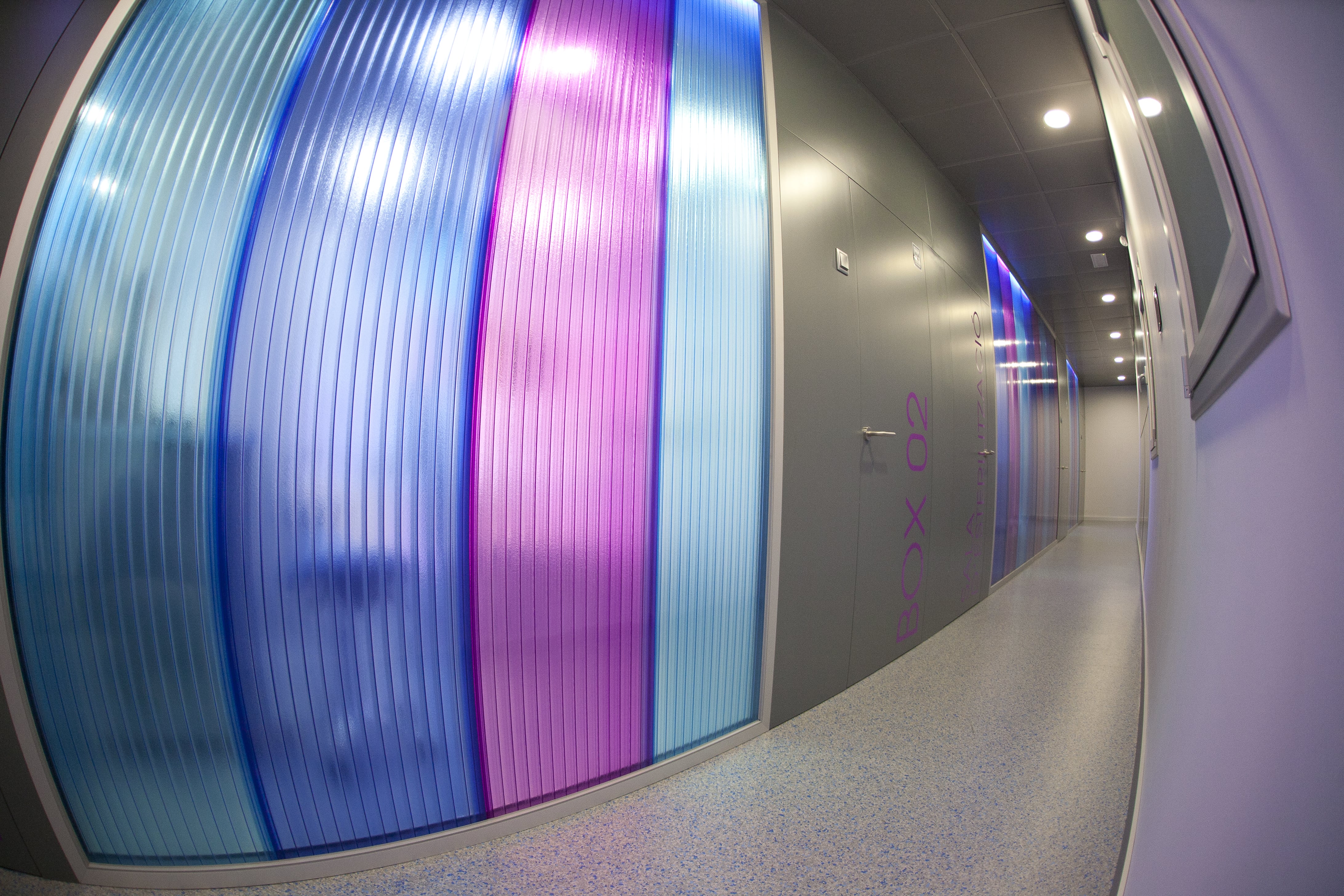
.jpg)
